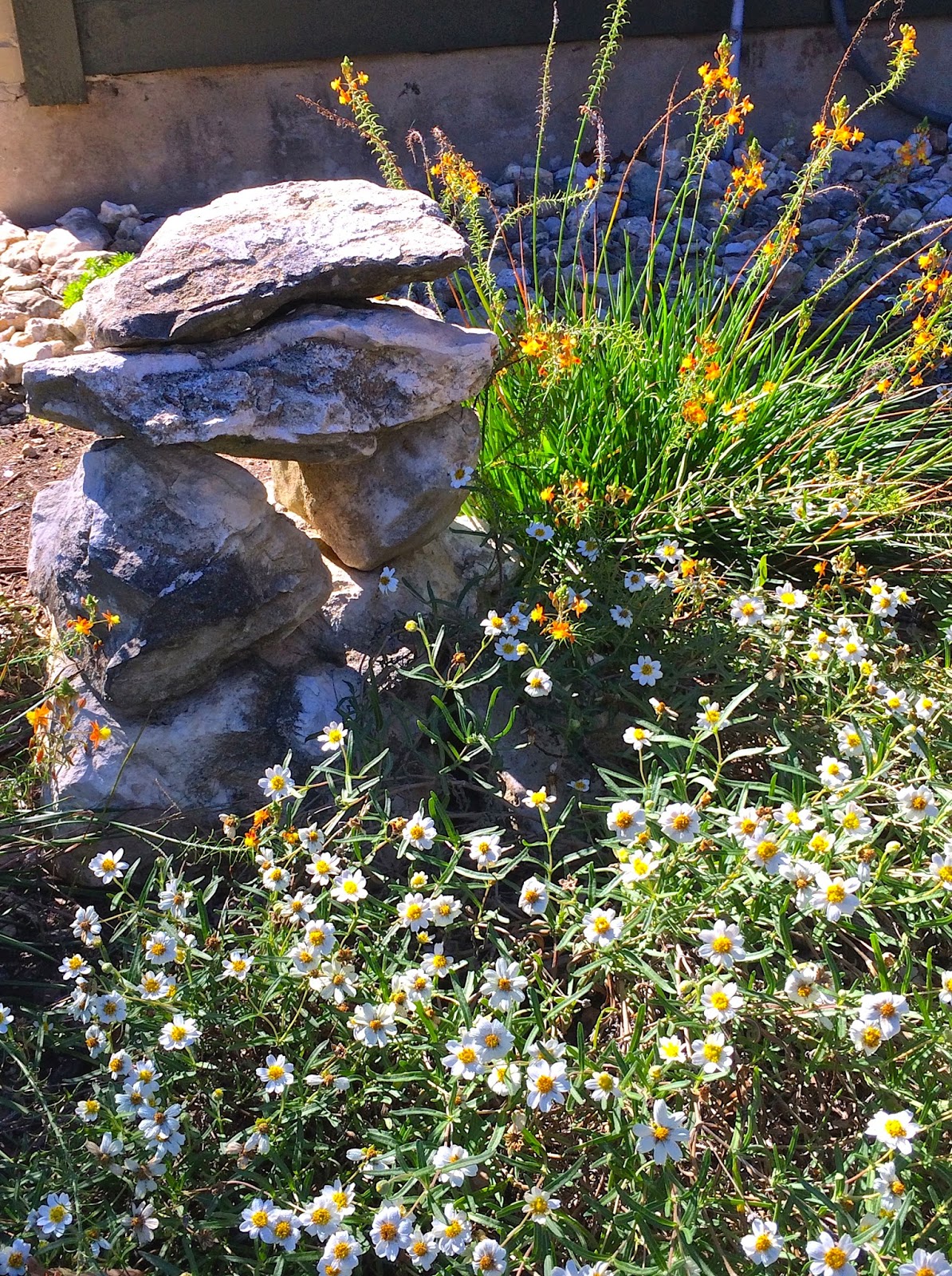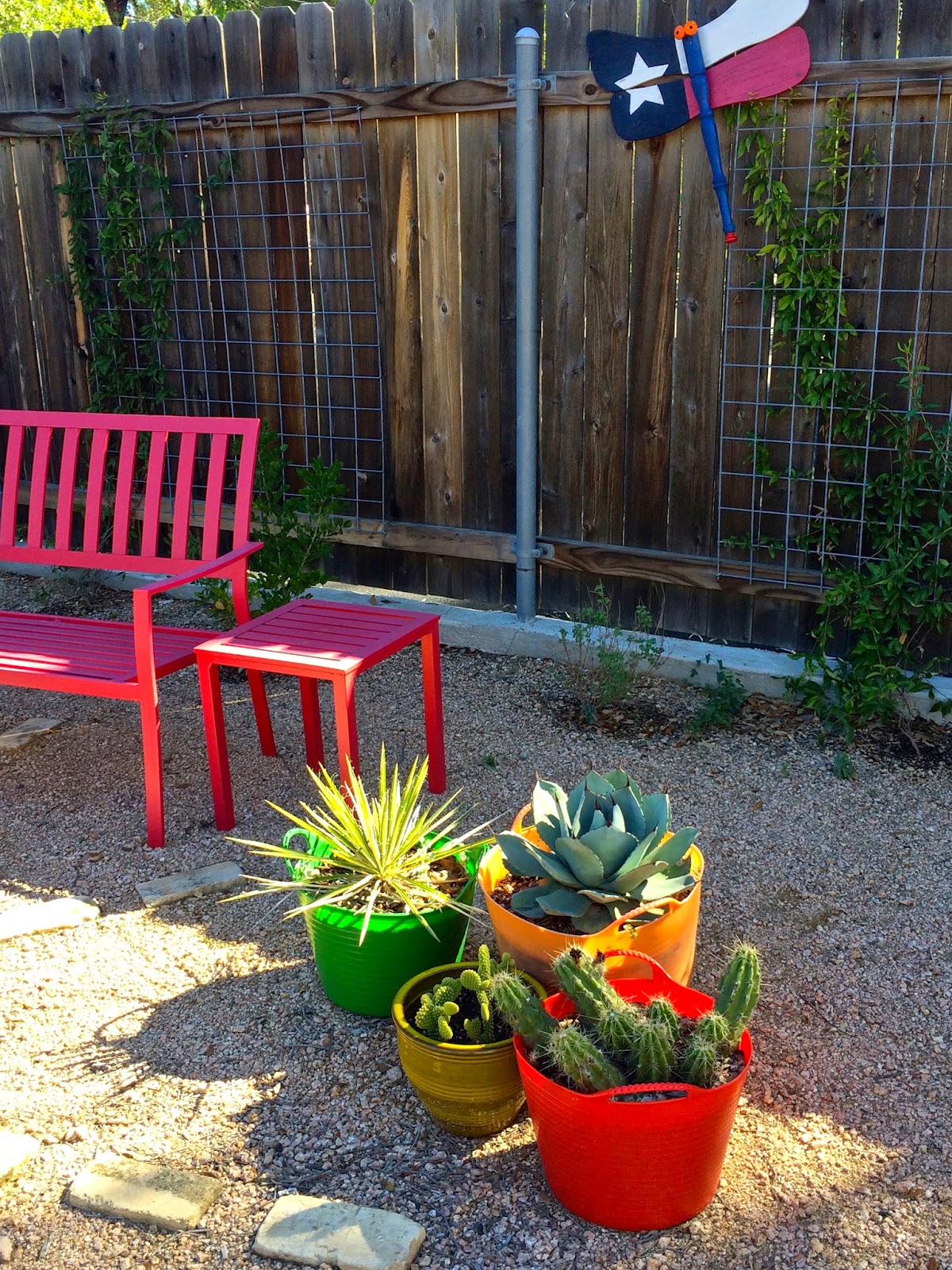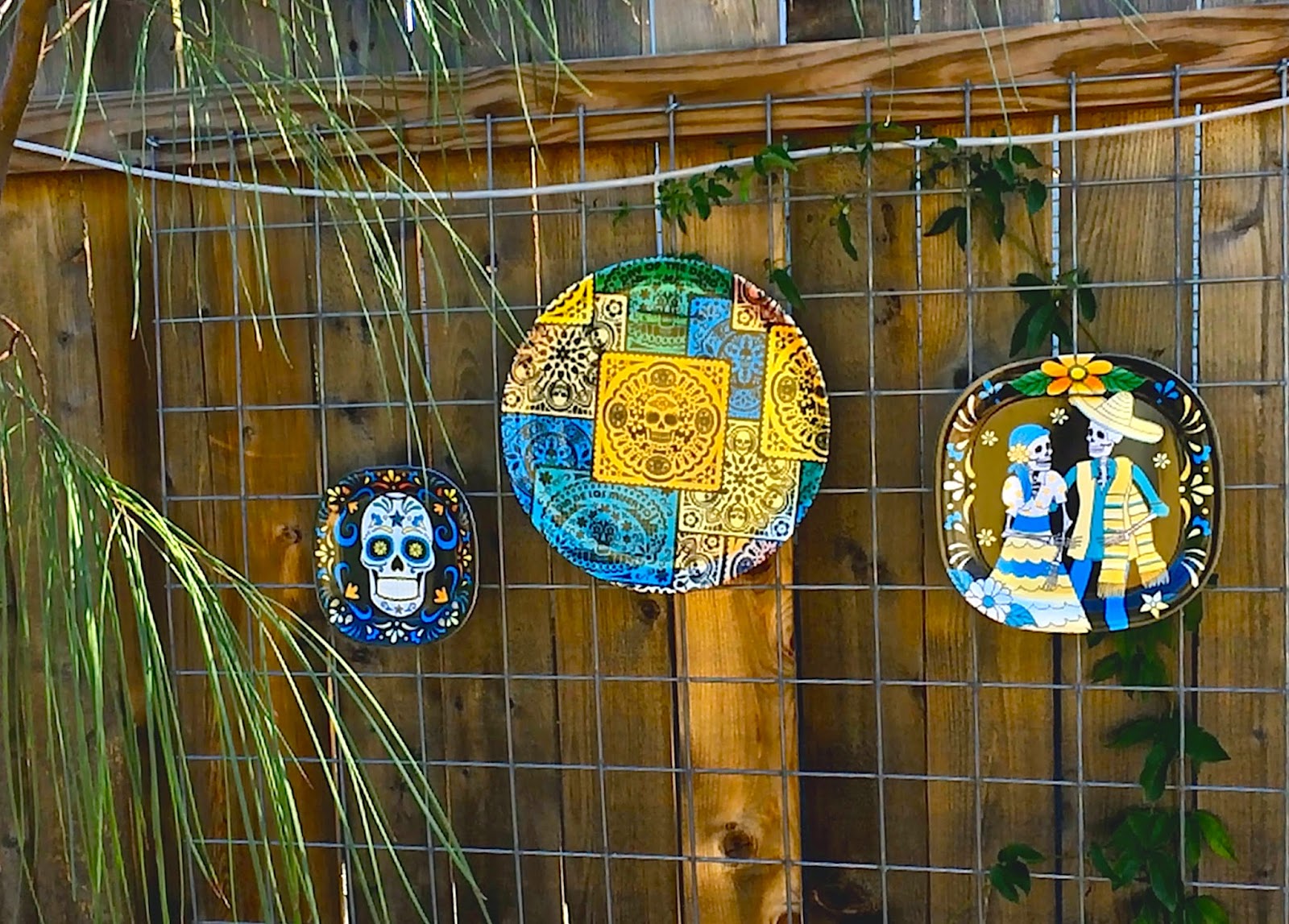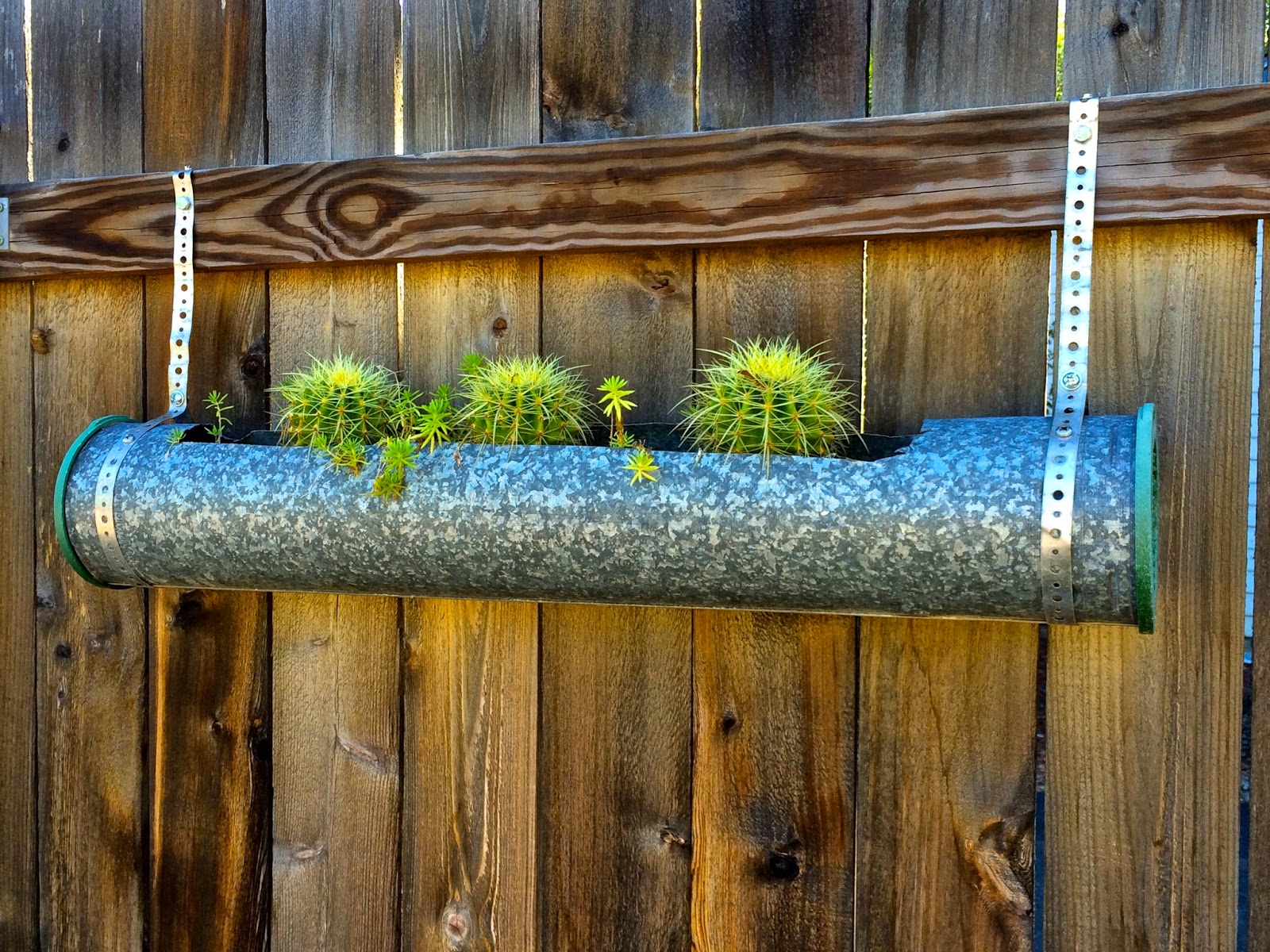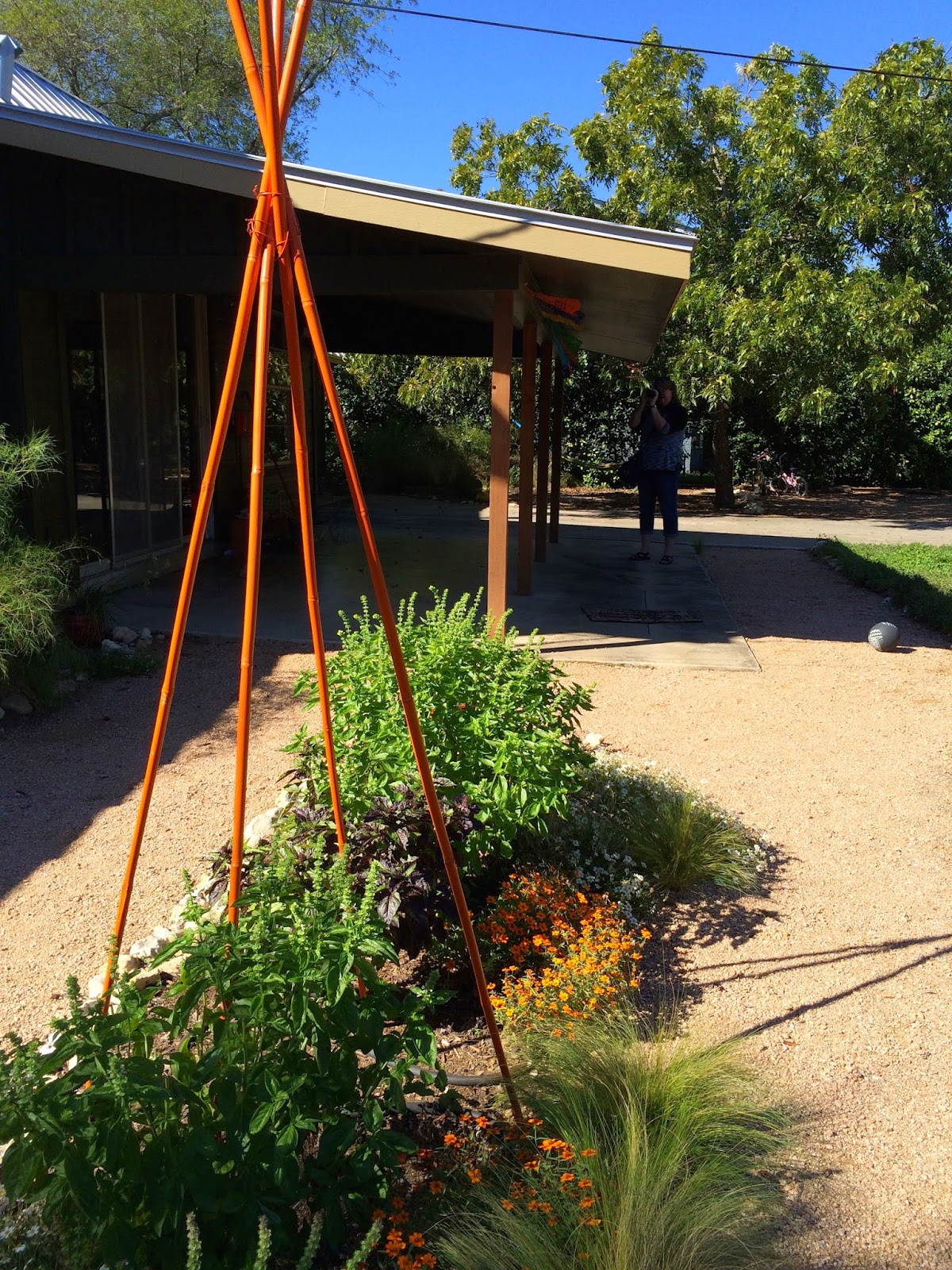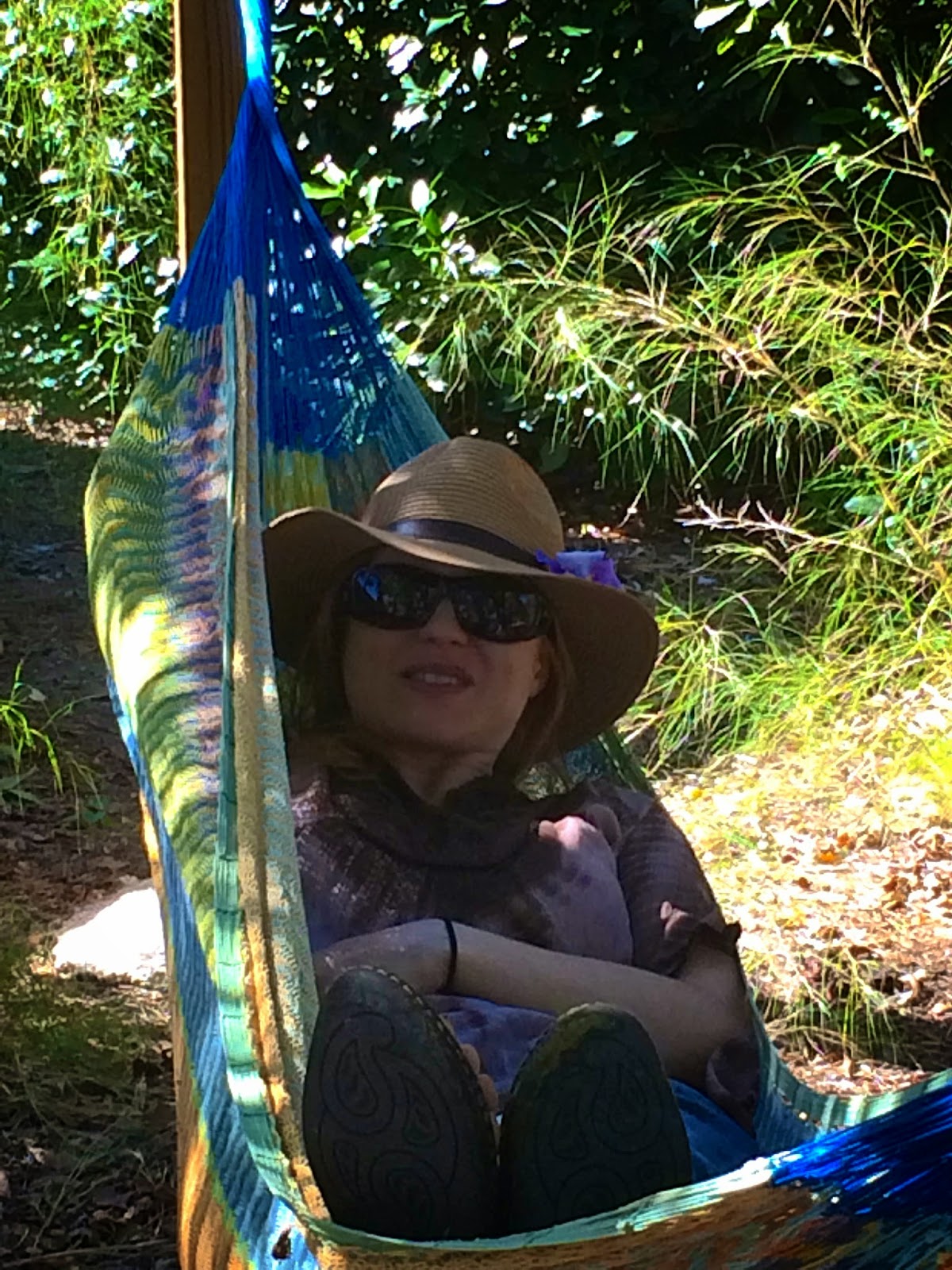Trends driven by awareness

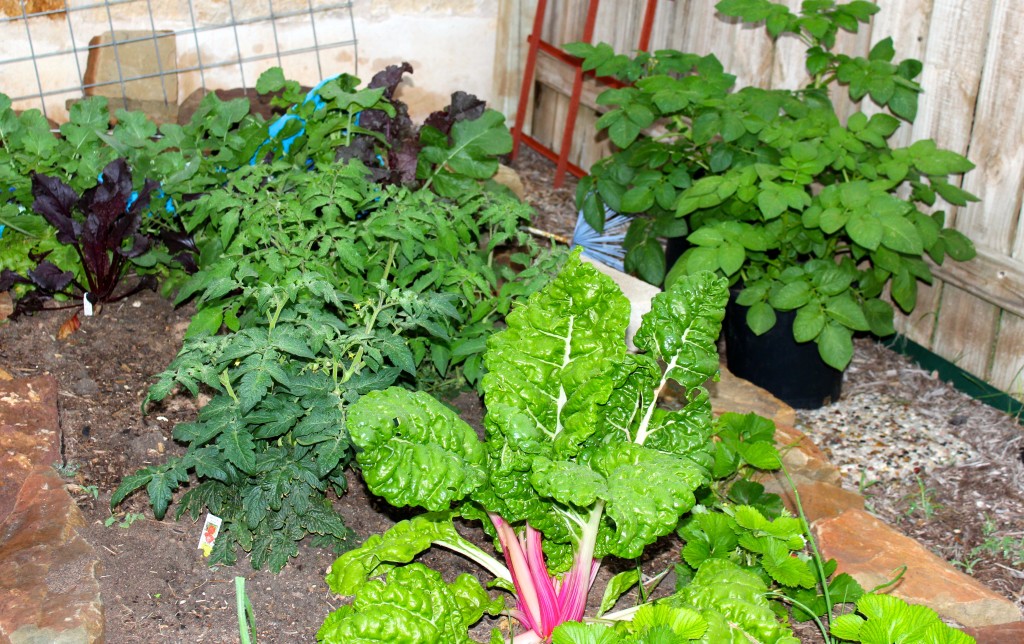
A groundswell of consumer awareness is driving changes in gardening communities across the country.
Today’s gardening trends reflect the global move to use local resources and make choices that directly affect the course of our future. Environmental and health concerns are influencing a growing consumer desire for a more natural, healthy lifestyle.
Concerns about the effects of pesticides, GMOs and potential bacterial contamination in processing have fueled a movement to greater gardening self-sufficiency. Spawned by the desire to save money and control growing methods, more people are creating their own vegetable gardens, either at home or in community gardens.
The pages of gardening catalogs and magazines are filled with glossy advertisements for easy-assemble kits for starter vegetable beds and a growing array of creative containers for growing edibles in limited spaces. From click-together vegetable bed frames to raised patio planters and lightweight plastic grow-bags, more and more options are being tailored to meet the unique needs of individual gardeners. Don’t have room for a raised bed because you only have a balcony? No worries – hang a planter bag from the ceiling.
The trend encompasses people on both sides of the restaurant table as well. As customers become more discerning about the food they eat, restaurateurs are also embracing the movement, partnering with local farms and growers. Locally sourced food has become a sign of the times. Promoted in advertising and featured in food reviews and blogs, it, too, is driving and being driven by changing consumer behavior.
In his book, “Jack Allen’s Kitchen,” local restaurateur, Jack Gilmore, chronicles his adventures in food, highlighting the role that local farmers and farmers’ markets have played in his successes. The book includes not only his story and his recipes, but also the stories of at least a dozen local farms and the symbiotic relationship he has with them. The tagline of his restaurant is: Jack Allen’s Kitchen — Local in source, Texan in spirit.
“It’s great to know where you food comes from and it’s great to get to know the farmers that are actively growing for you,” said Gilmore. “We want the best and freshest ingredients we can get locally, and it’s up to us to help take care of the local farmers as well.”
According to Gilmore, food harvested and shipped from other states can take a week to 10 days to reach Austin, whereas local sources provide food from the field to the restaurant in one day.
News reports of environmental concerns not only influence the rise in home gardening and local sourcing, but also affect what we are growing in our gardens.
While seeking food, thousands of species of bees and other insects and animals enable plants to reproduce. More than 90 percent of the 240,000 flowering plants around the world need an insect or animal to distribute their pollen to set fruit and seed. That includes one-third of all crops grown for human consumption.
But the growing die-off of dramatic numbers of honeybees due to colony collapse disorder is threatening US agriculture since honeybees pollinate many crops like fruits, berries, nuts and vegetables. According to the USDA, the US is facing an “impending pollination crisis,” in which pollinators are disappearing at alarming rates. Pollination is responsible for $15 billion in increased crop value each year.
A cause has not been identified, but some of the possible factors being researched include pesticides, mites, malnutrition, loss of habitat, and competition from non-native species.
As awareness of the effects of colony collapse disorder among honeybees rises, more and more gardeners are committed to doing their part, using their own small gardens to support pollinators. That means not using pesticides, planting pollinator-friendly plants and providing habitat for the bees.
Organic garden products are ubiquitous, available now not only at independent local nurseries, but also the big box chains seeking to answer consumer demand for natural products.
A variety of hand-made pollinator houses, which can be hung around the home garden, are also available for sale. Just as with humans, the way to a pollinators’ heart is through his stomach. Providing food for pollinators is critical to encourage population growth. Some of the native plants that are friendly to pollinators include butterfly weed, bee balm, Joe-pye weed, spiderwort, columbine, blue bonnet, lantana, zexmenia, and goldenrod.
The common thread weaving through these trends? Consumer awareness and a desire to become more personally involved in the cycle of life that starts in our very own gardens and extends to the global community beyond our doors.
Local Landscape Designer and Garden Coach Diana Kirby provides landscaping tips at http:/www.dianasdesignsaustin.com and writes a garden blog at https://www.dianasdesignsaustin.com

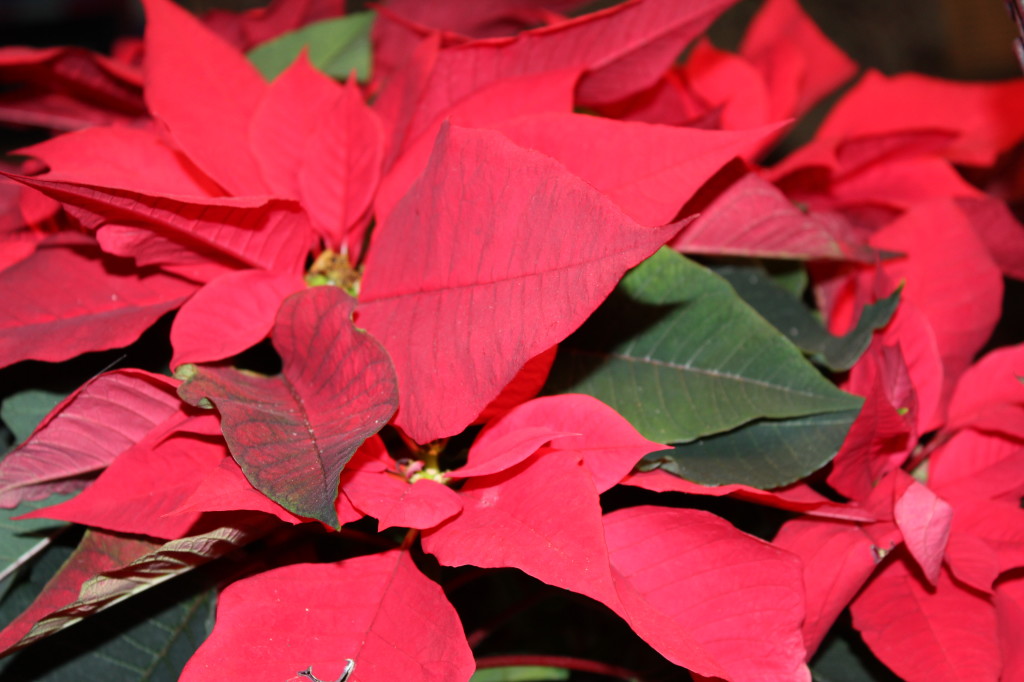 Last year, more than 34 million poinsettias were sold in the U.S. There are now more than 100 varieties of poinsettias in shades of pink, white, cream, salmon and purple, though the most sought-after color remains bright red.
Last year, more than 34 million poinsettias were sold in the U.S. There are now more than 100 varieties of poinsettias in shades of pink, white, cream, salmon and purple, though the most sought-after color remains bright red.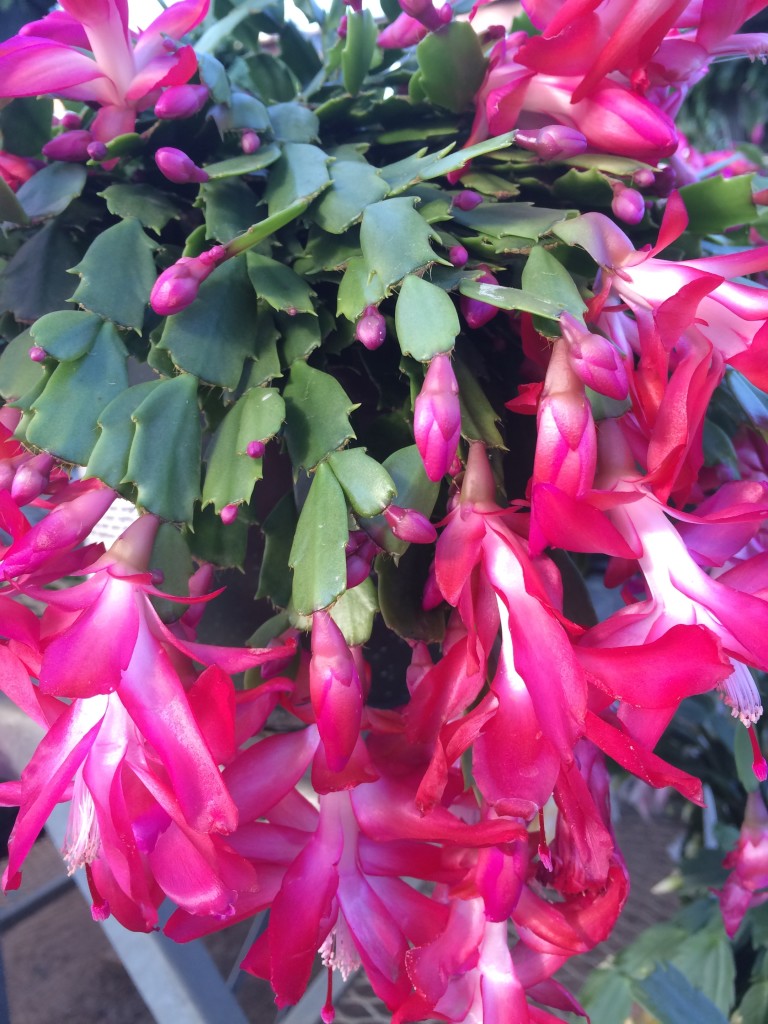
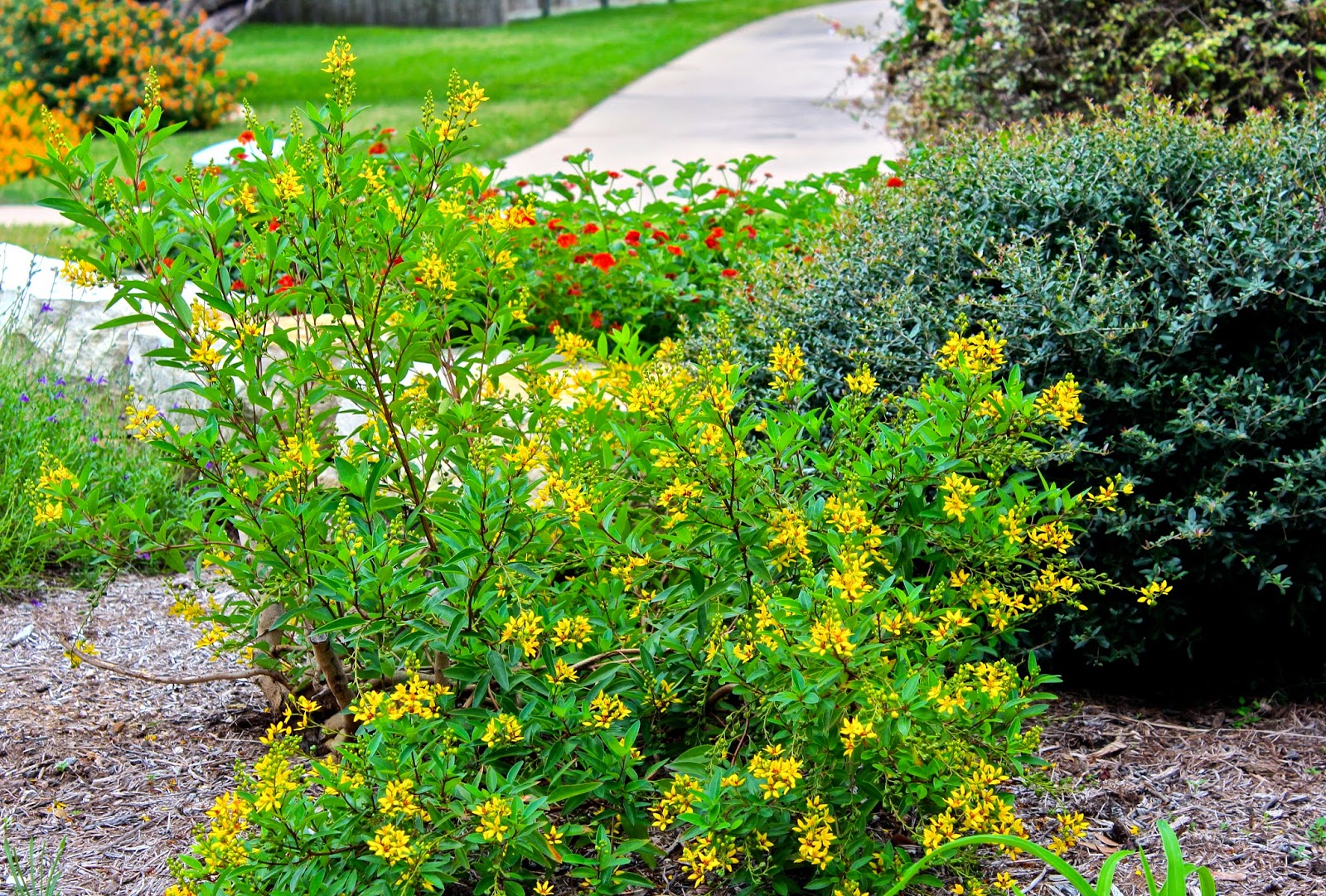
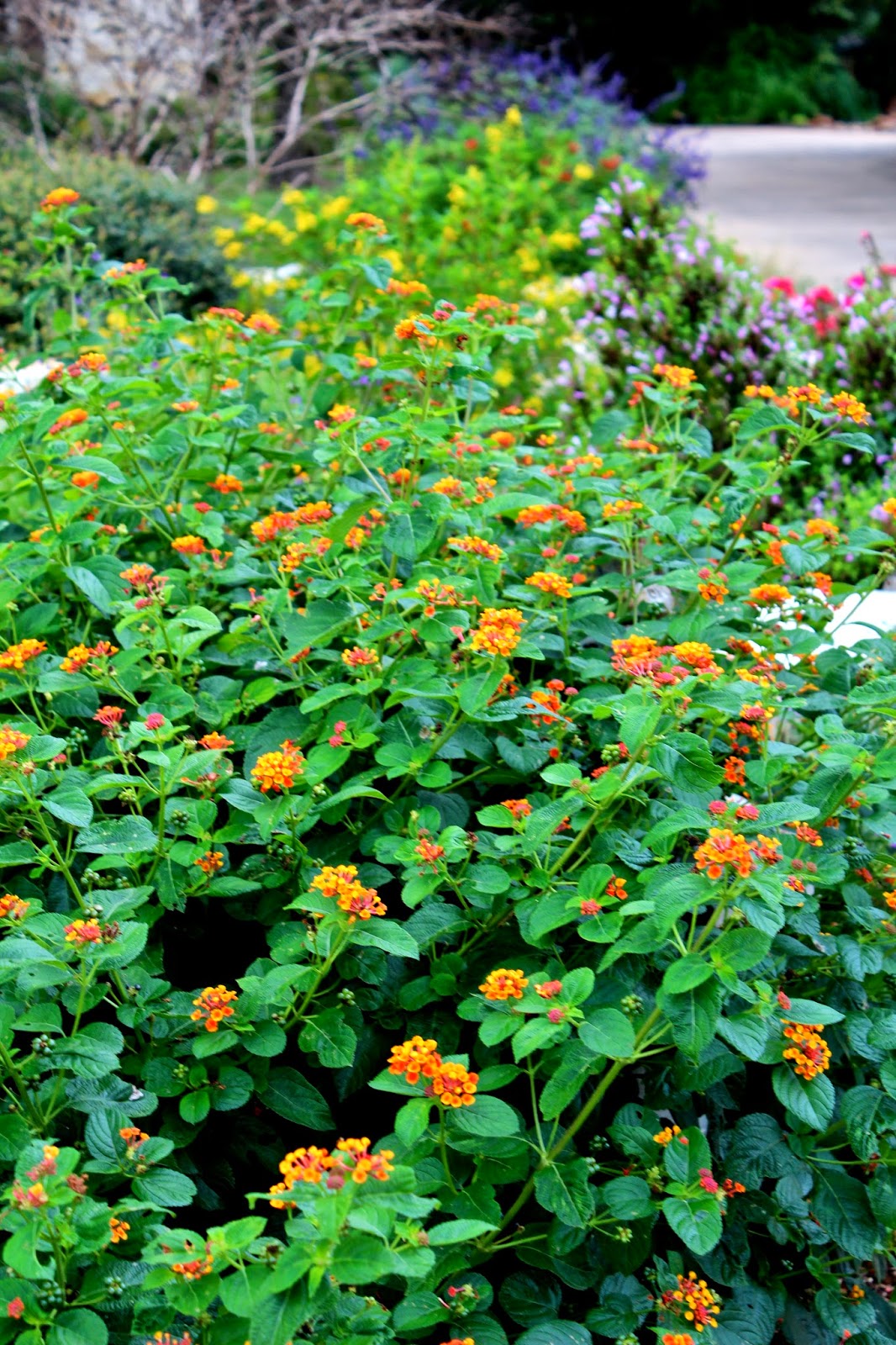
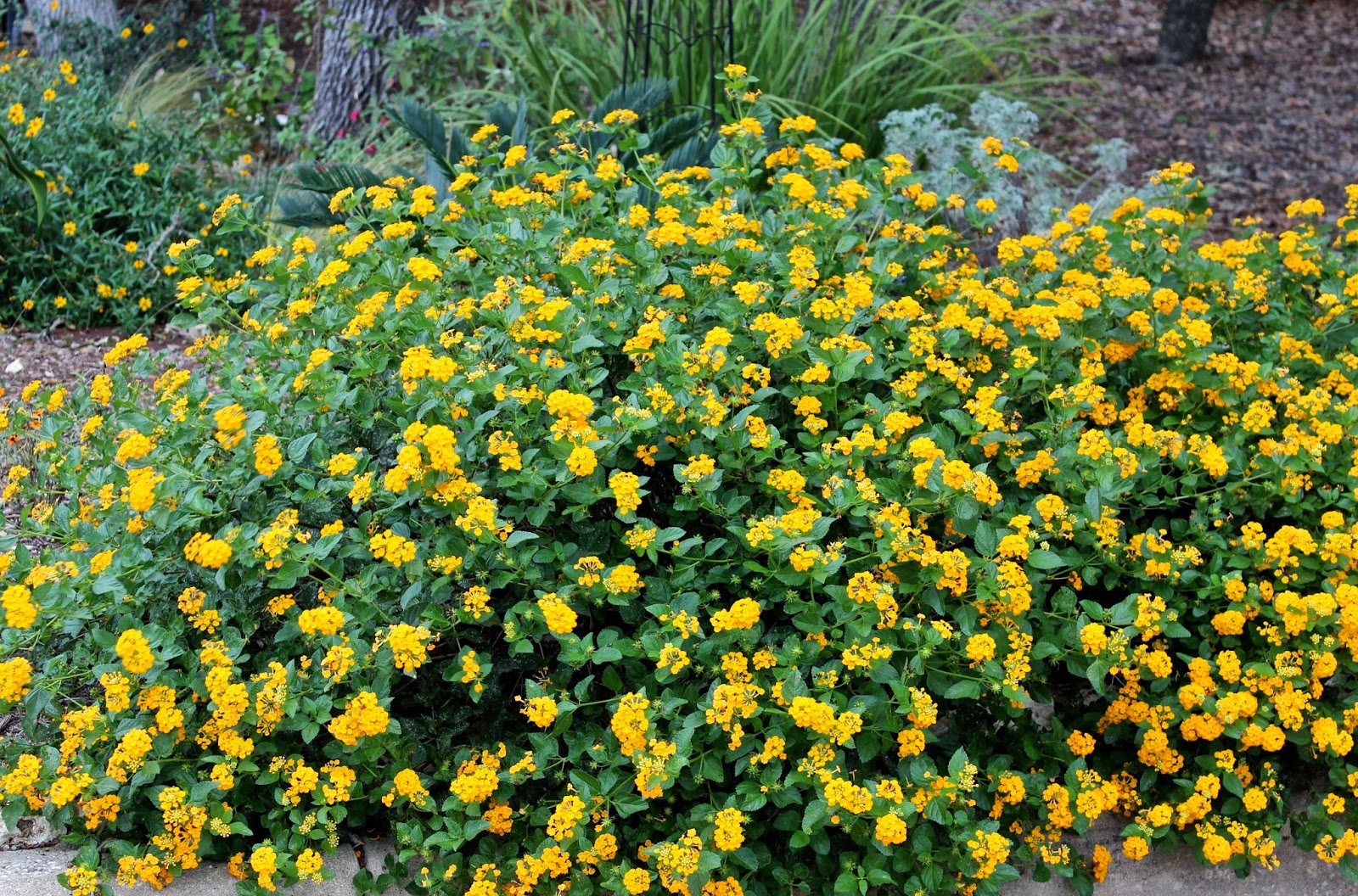
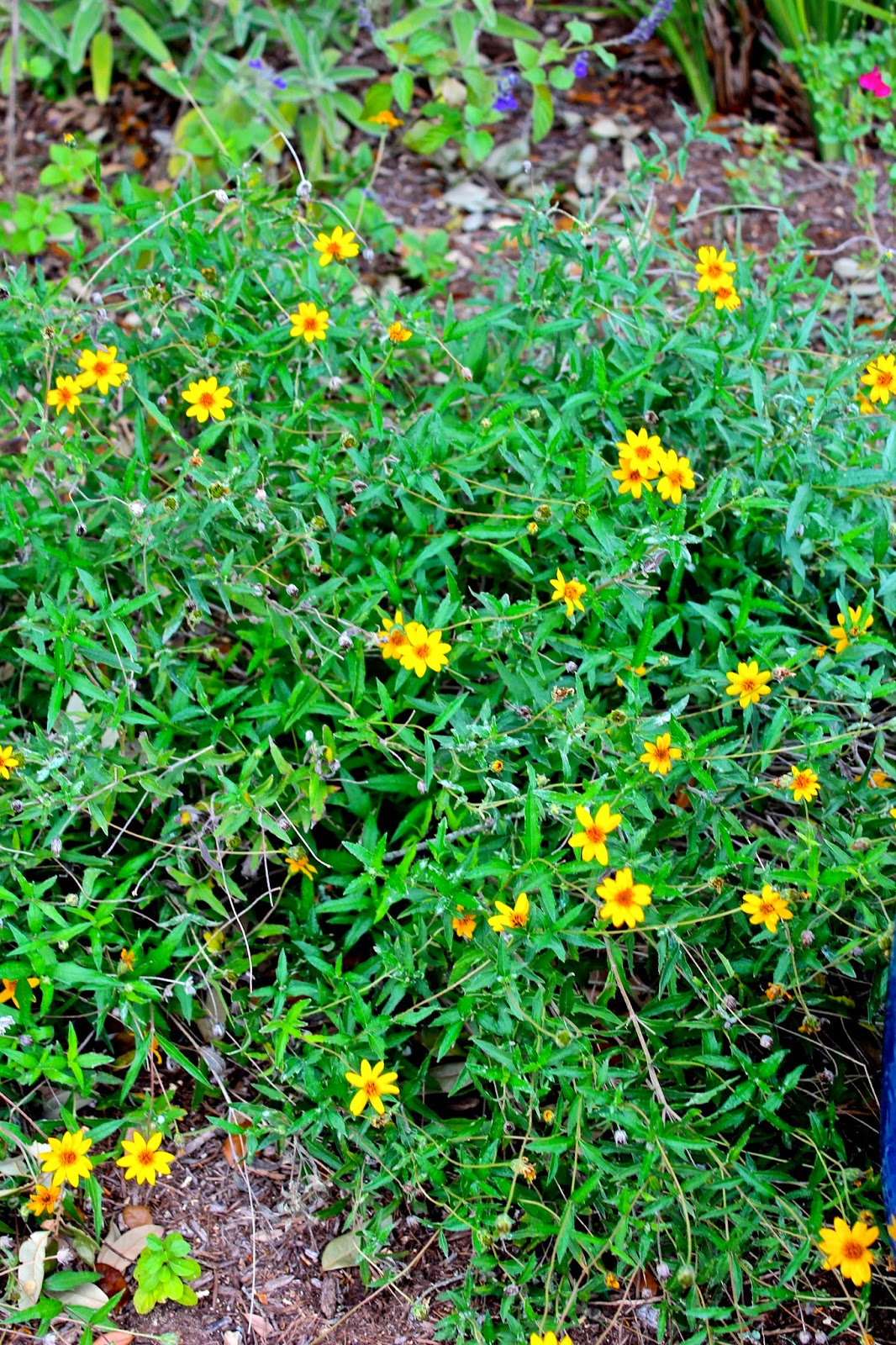
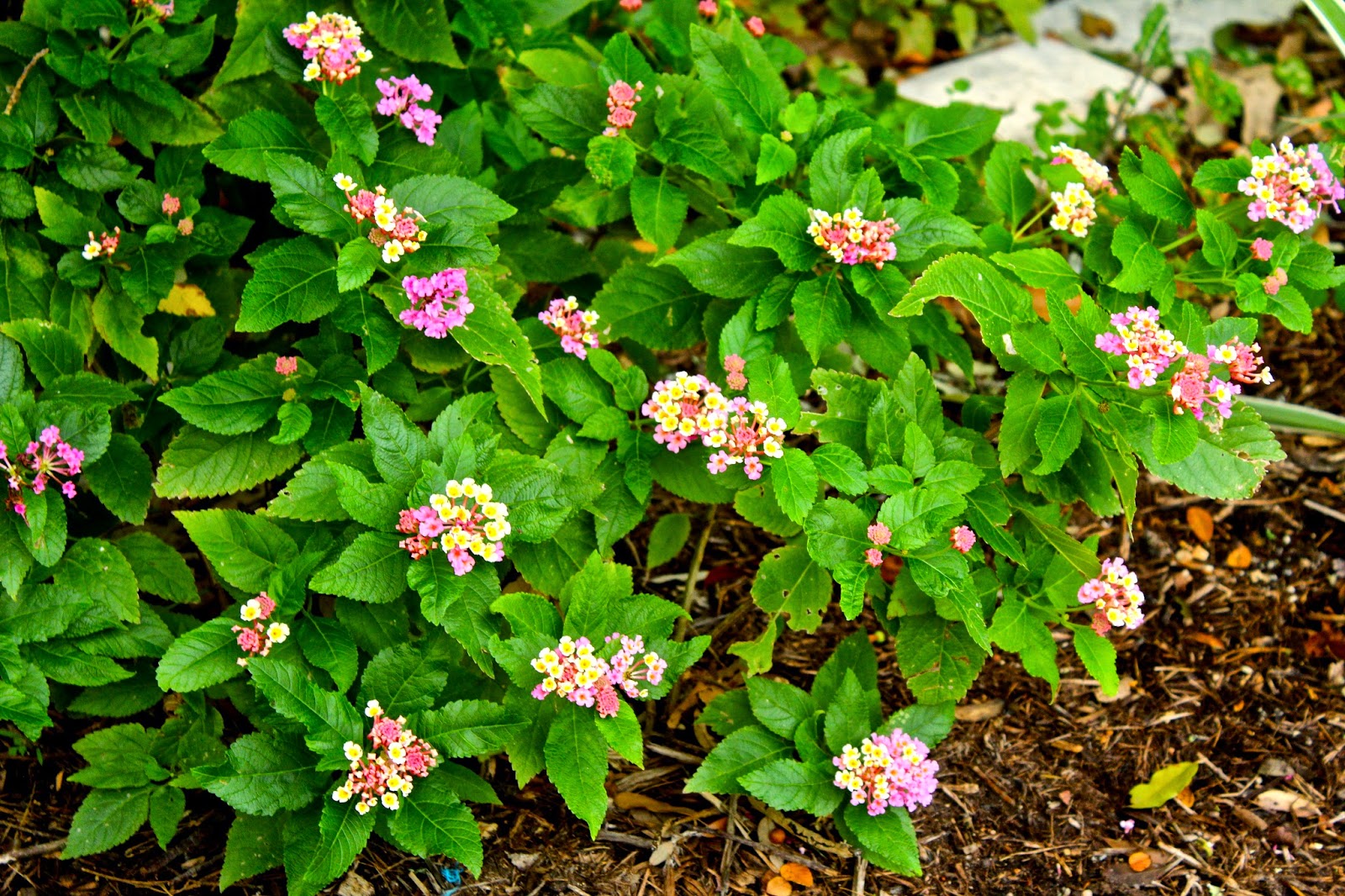
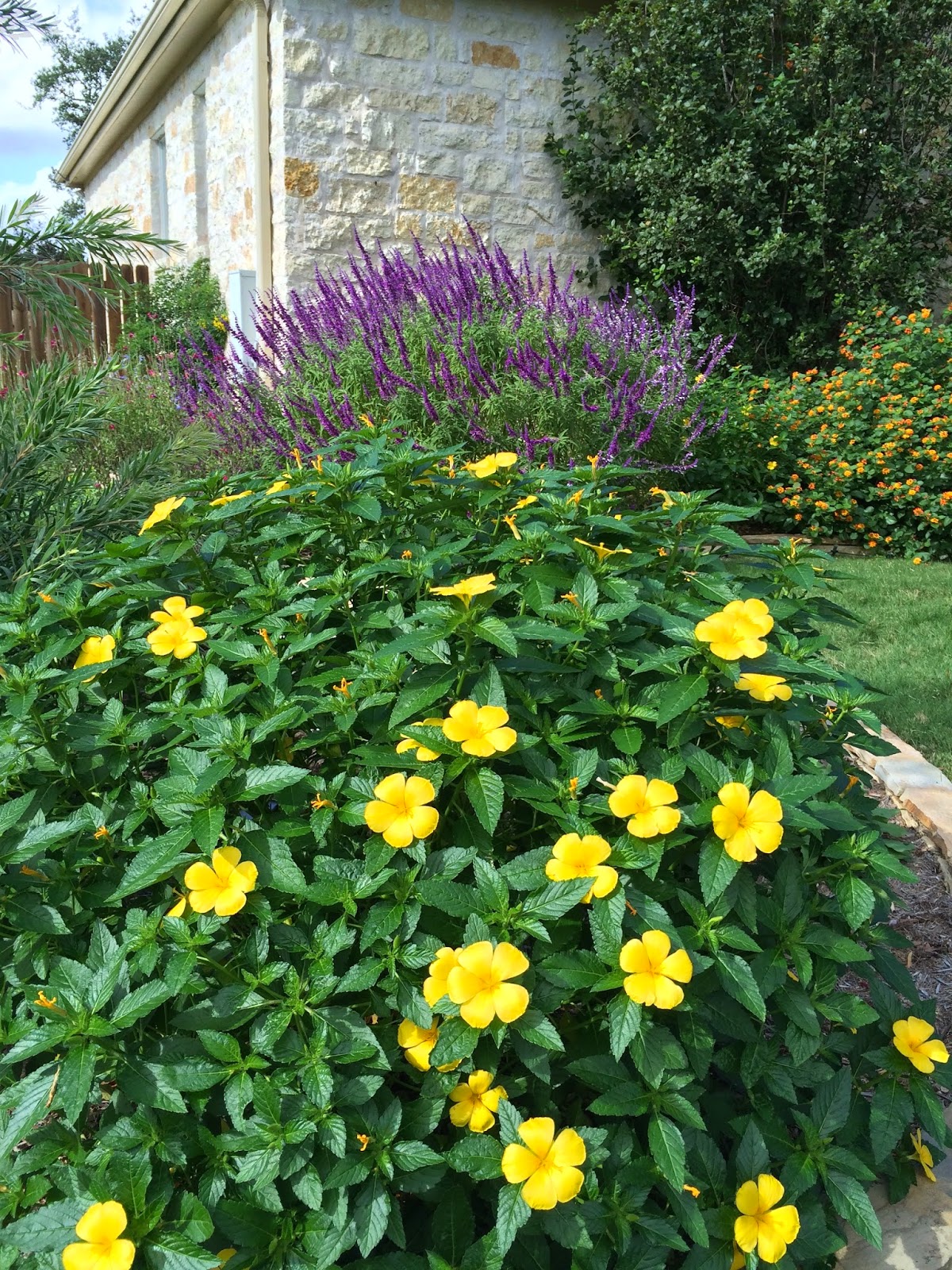





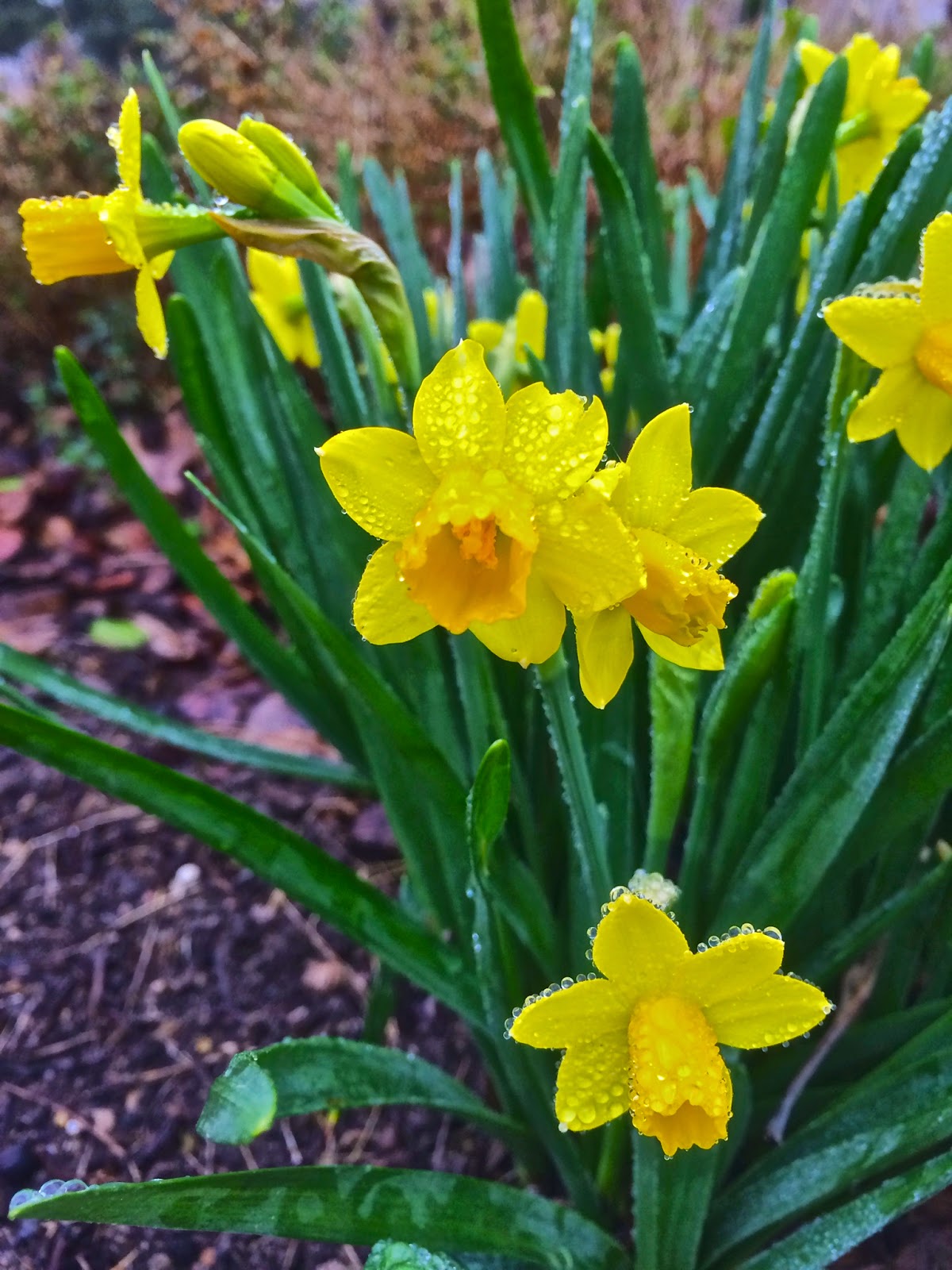
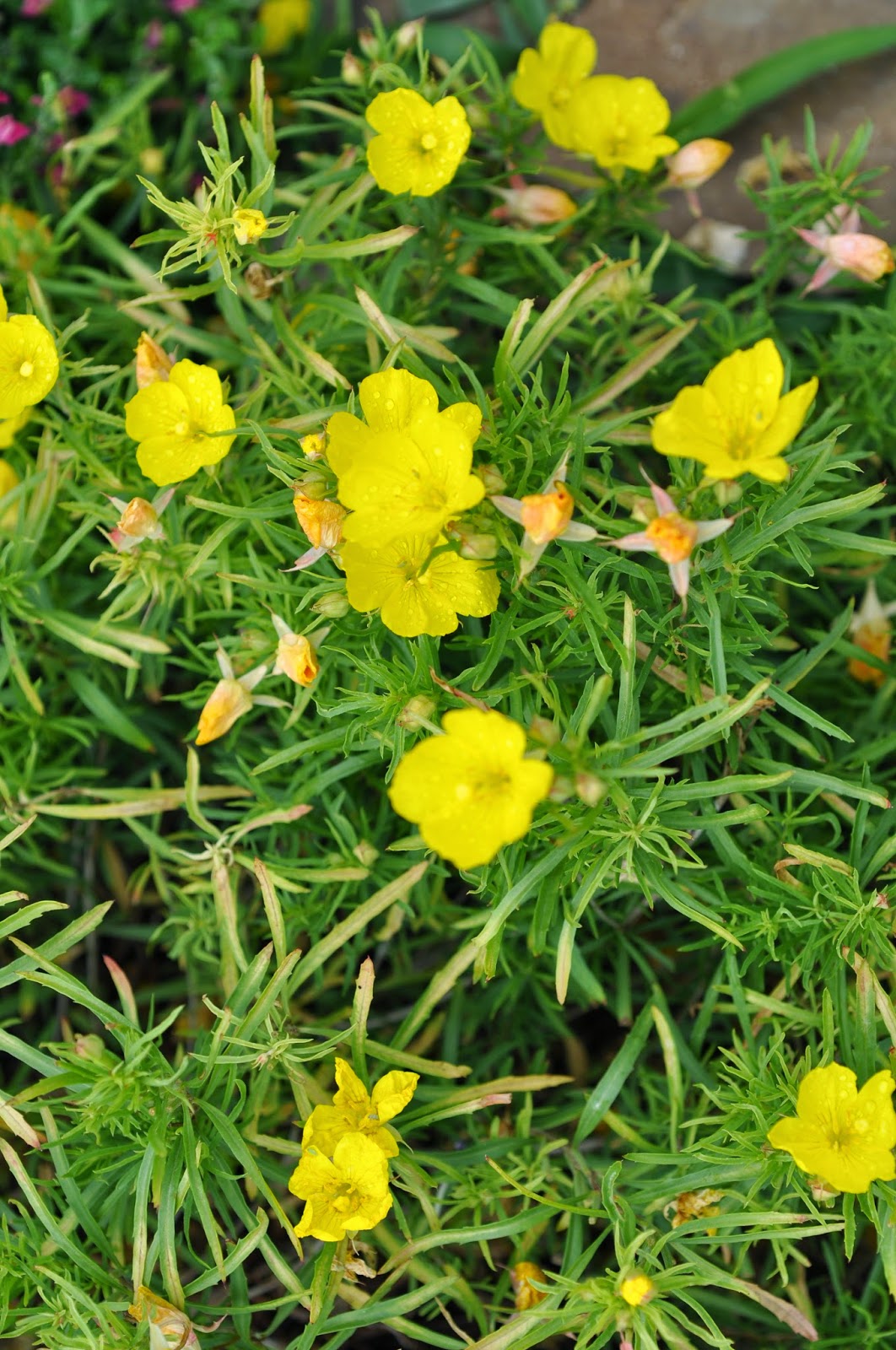
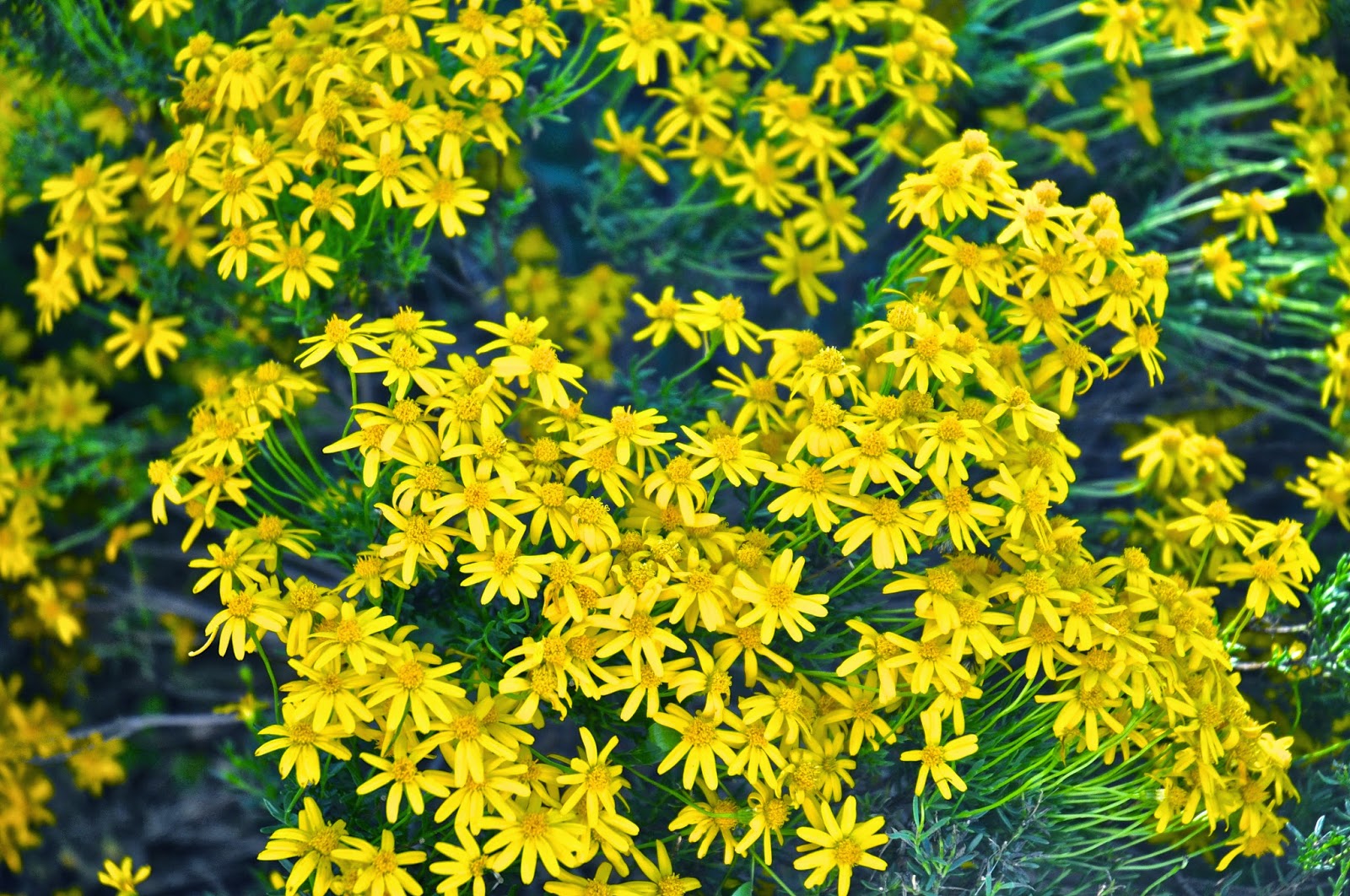

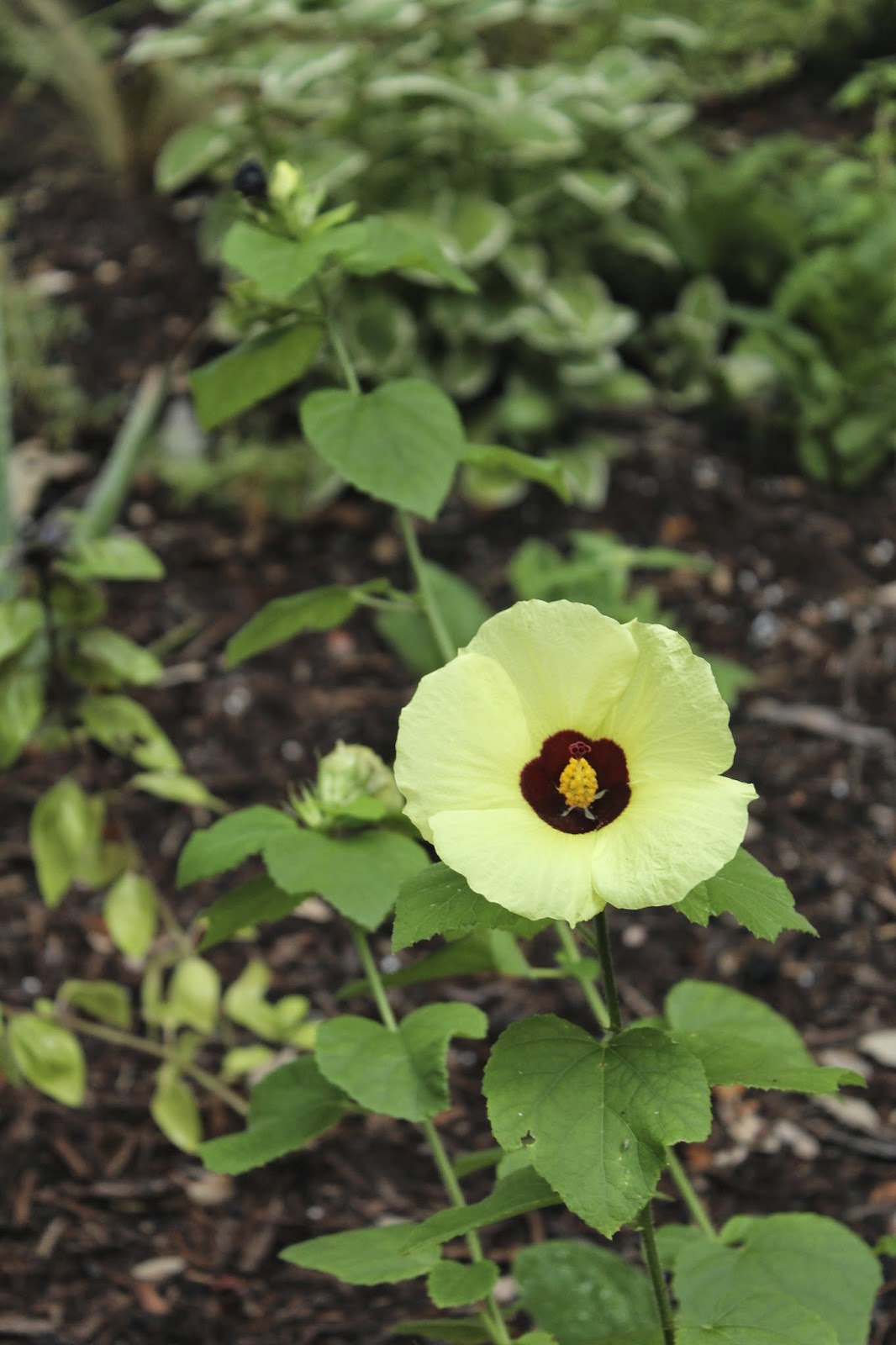

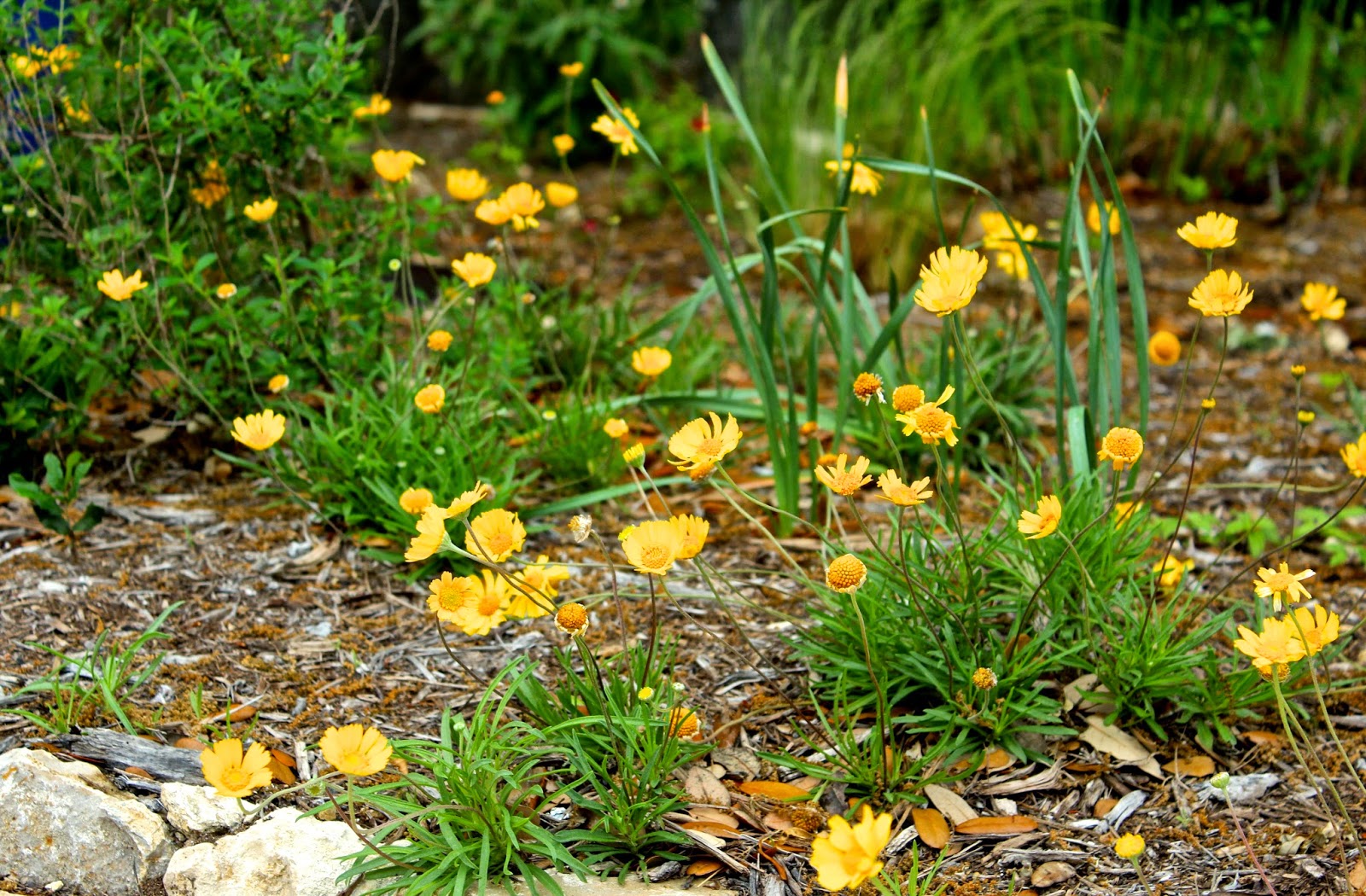
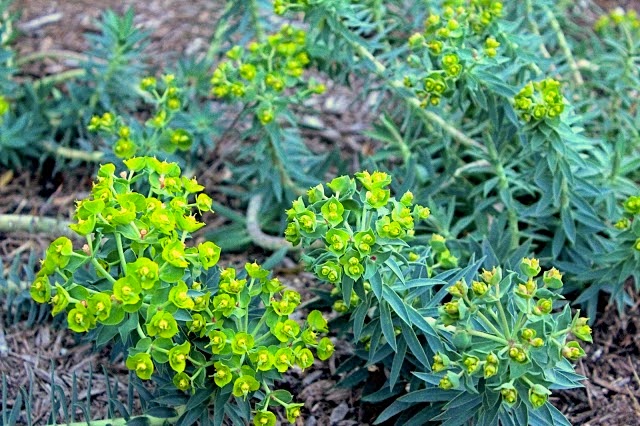
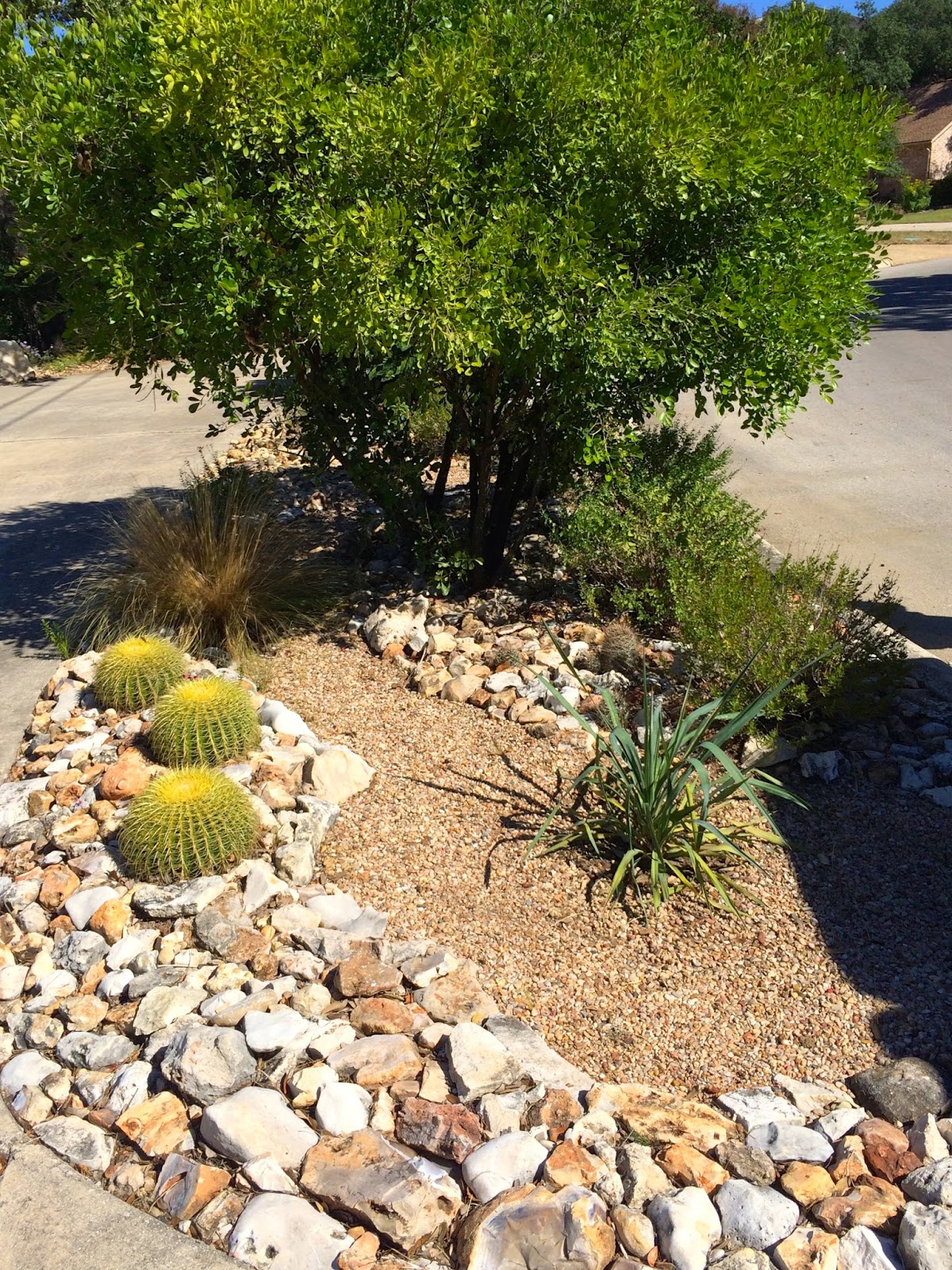
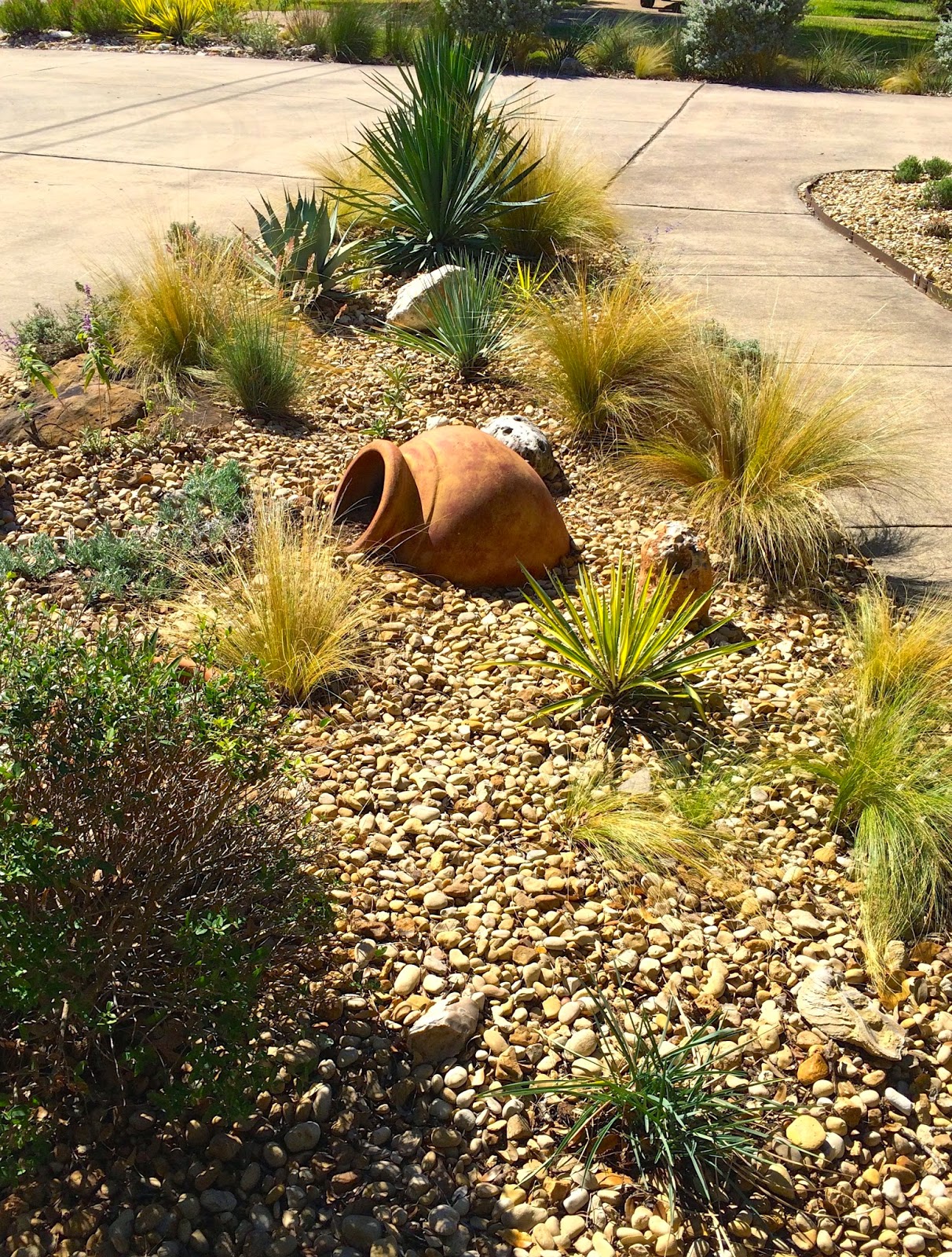
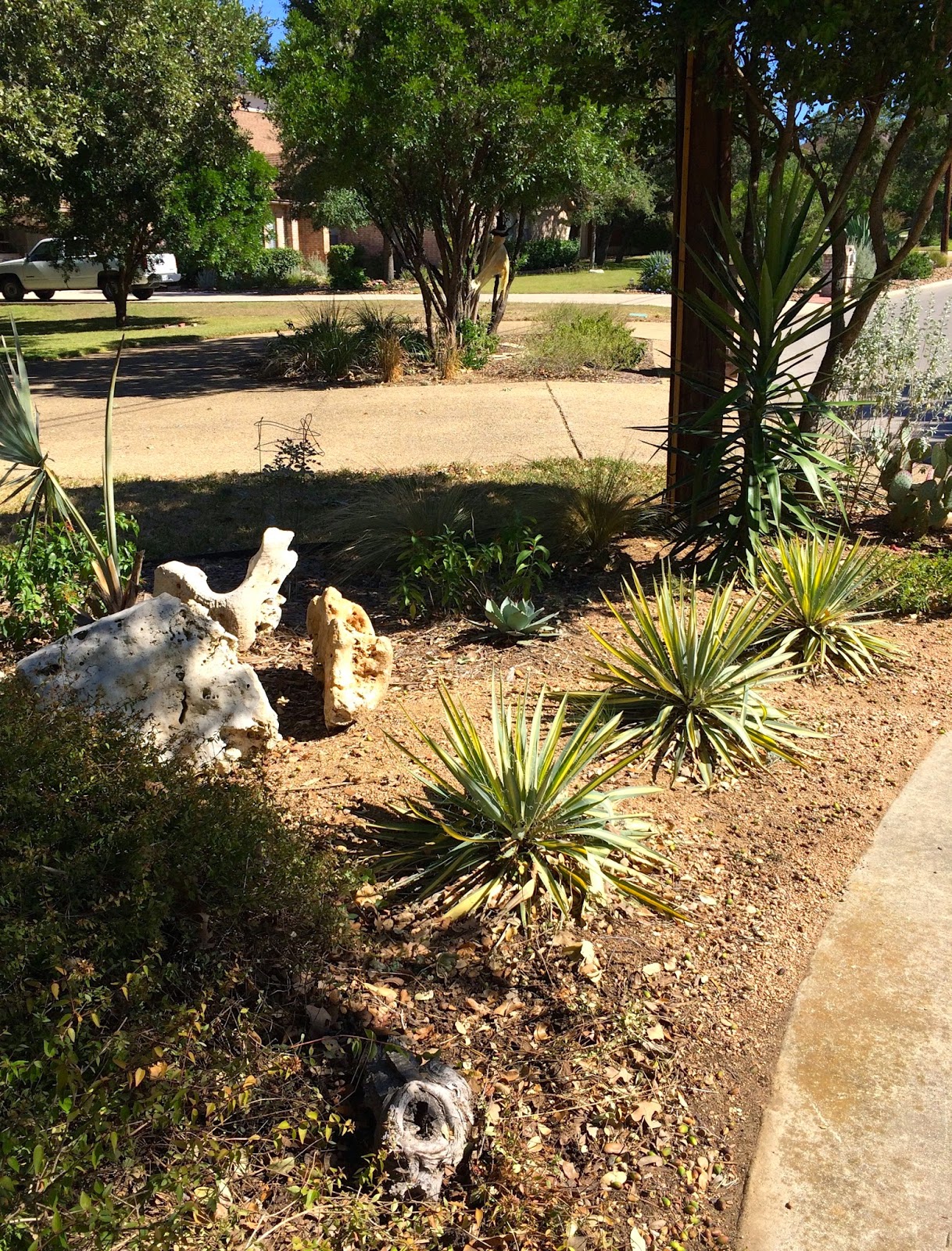

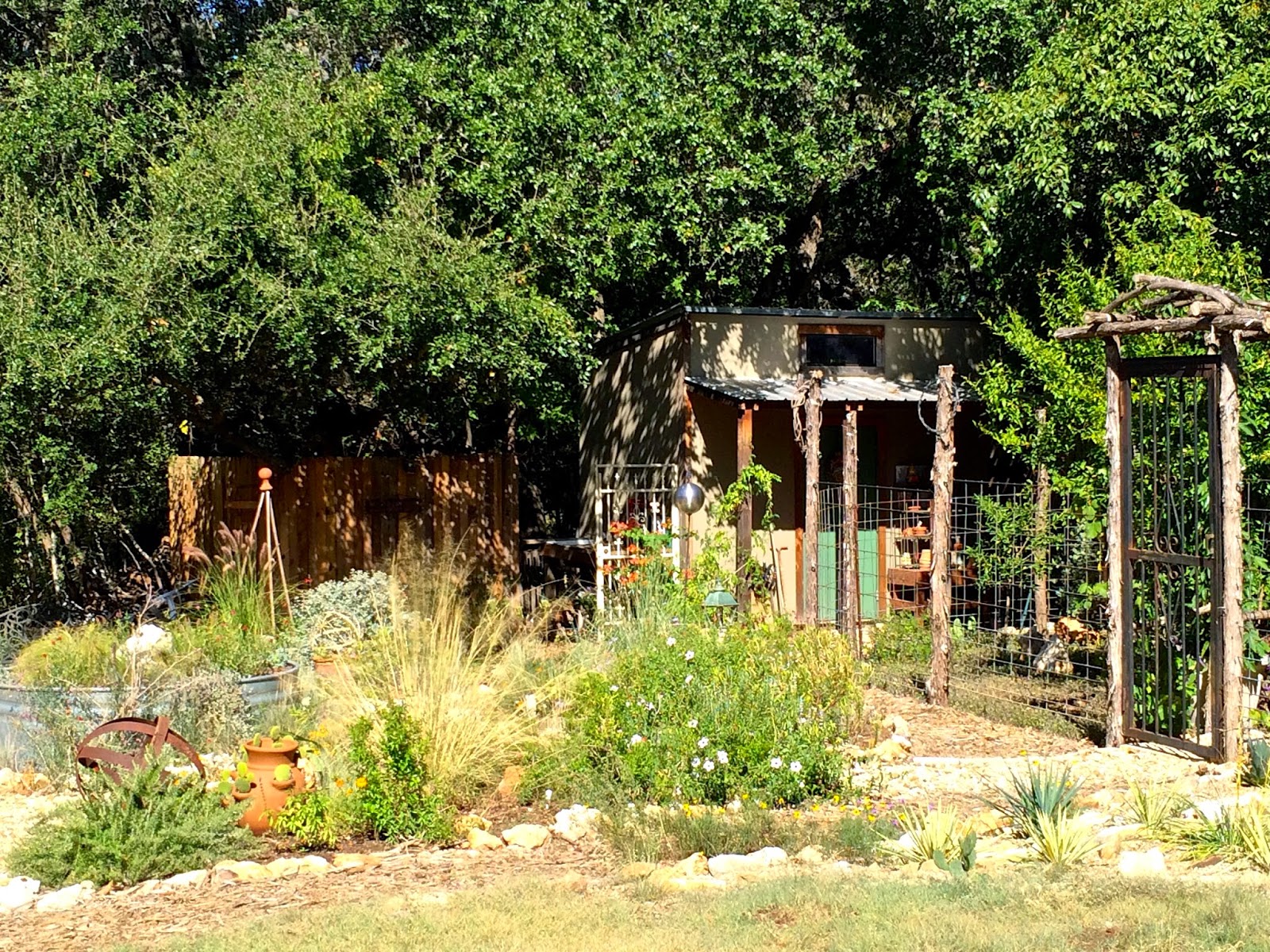
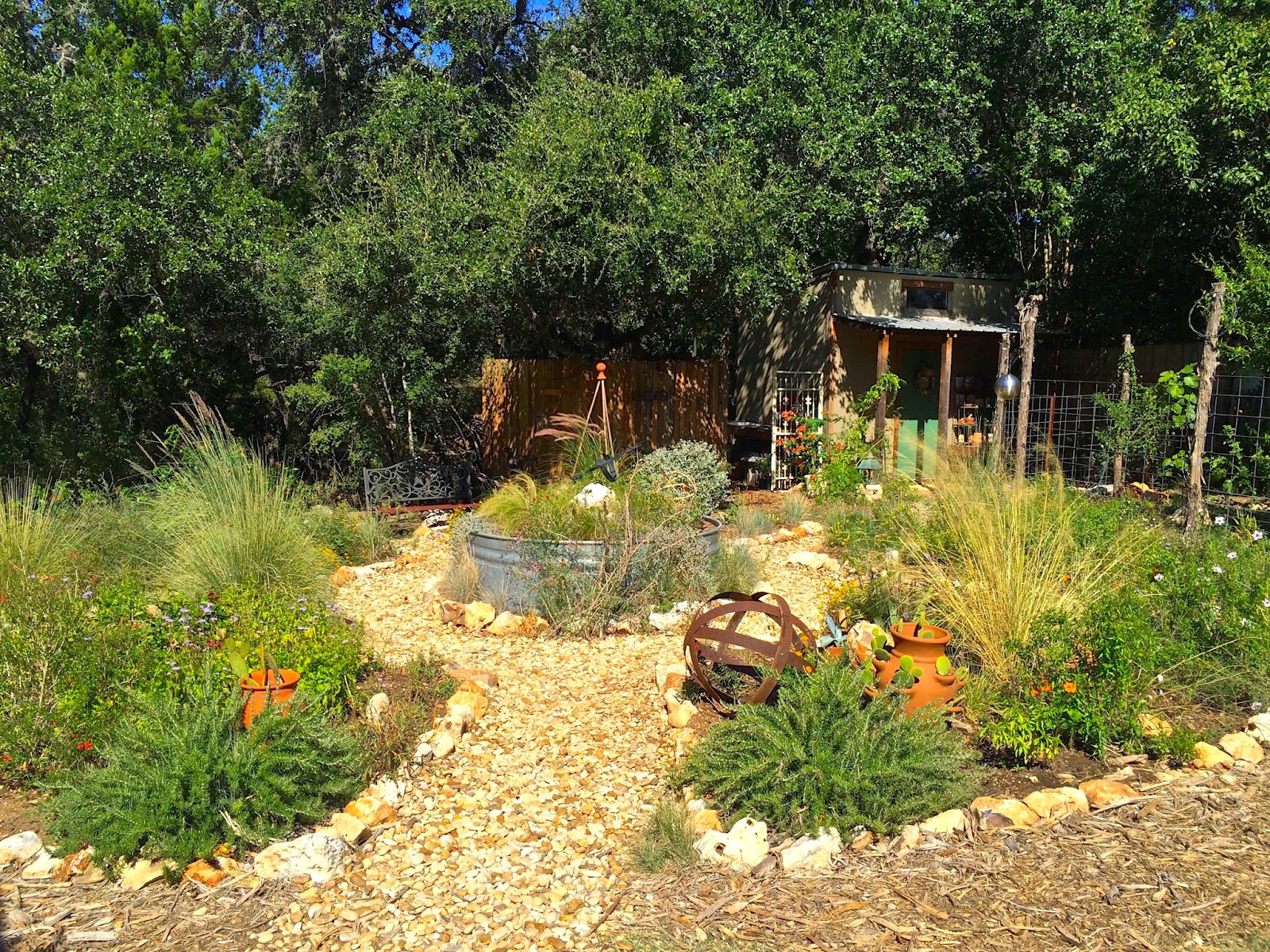
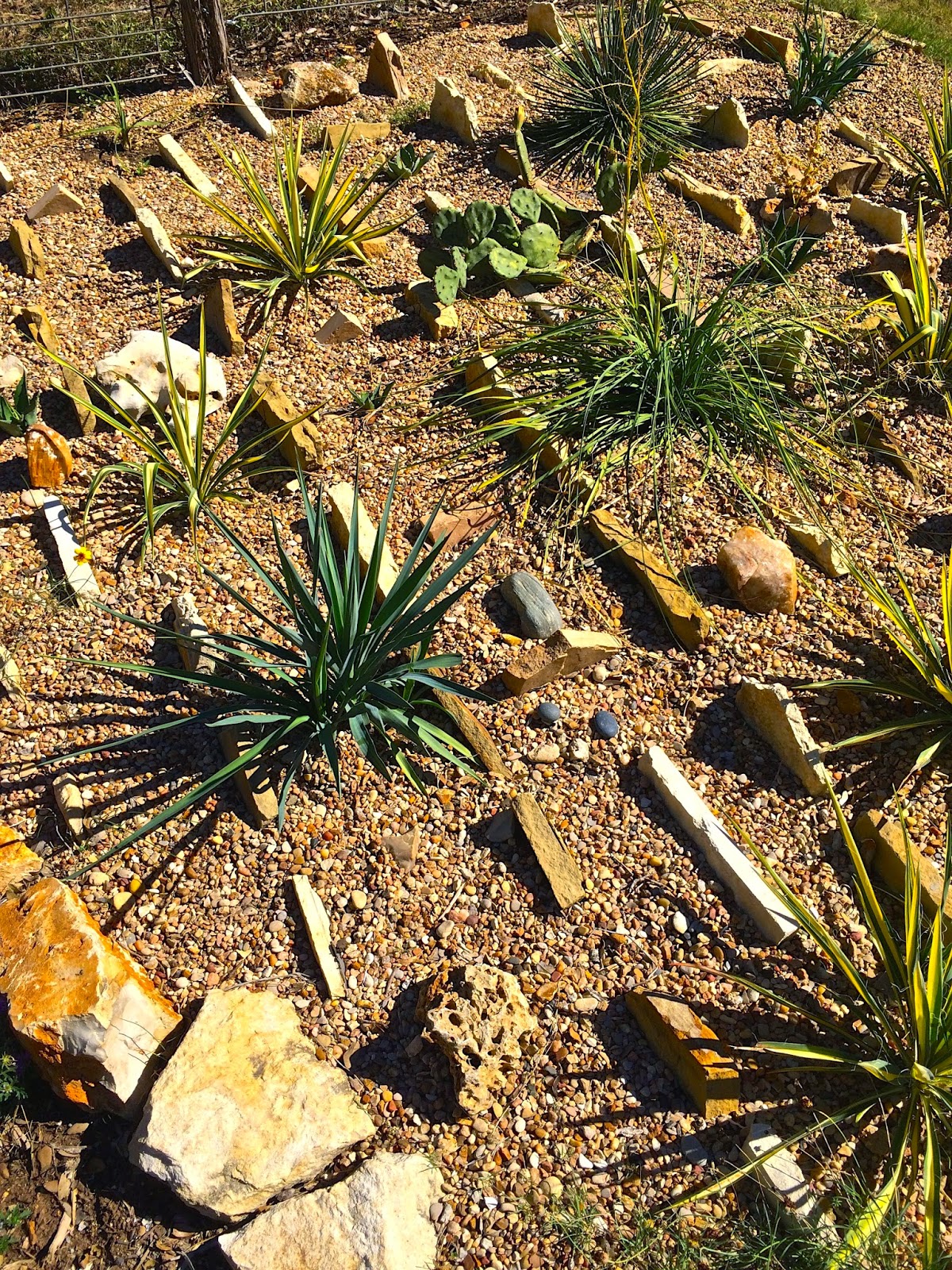
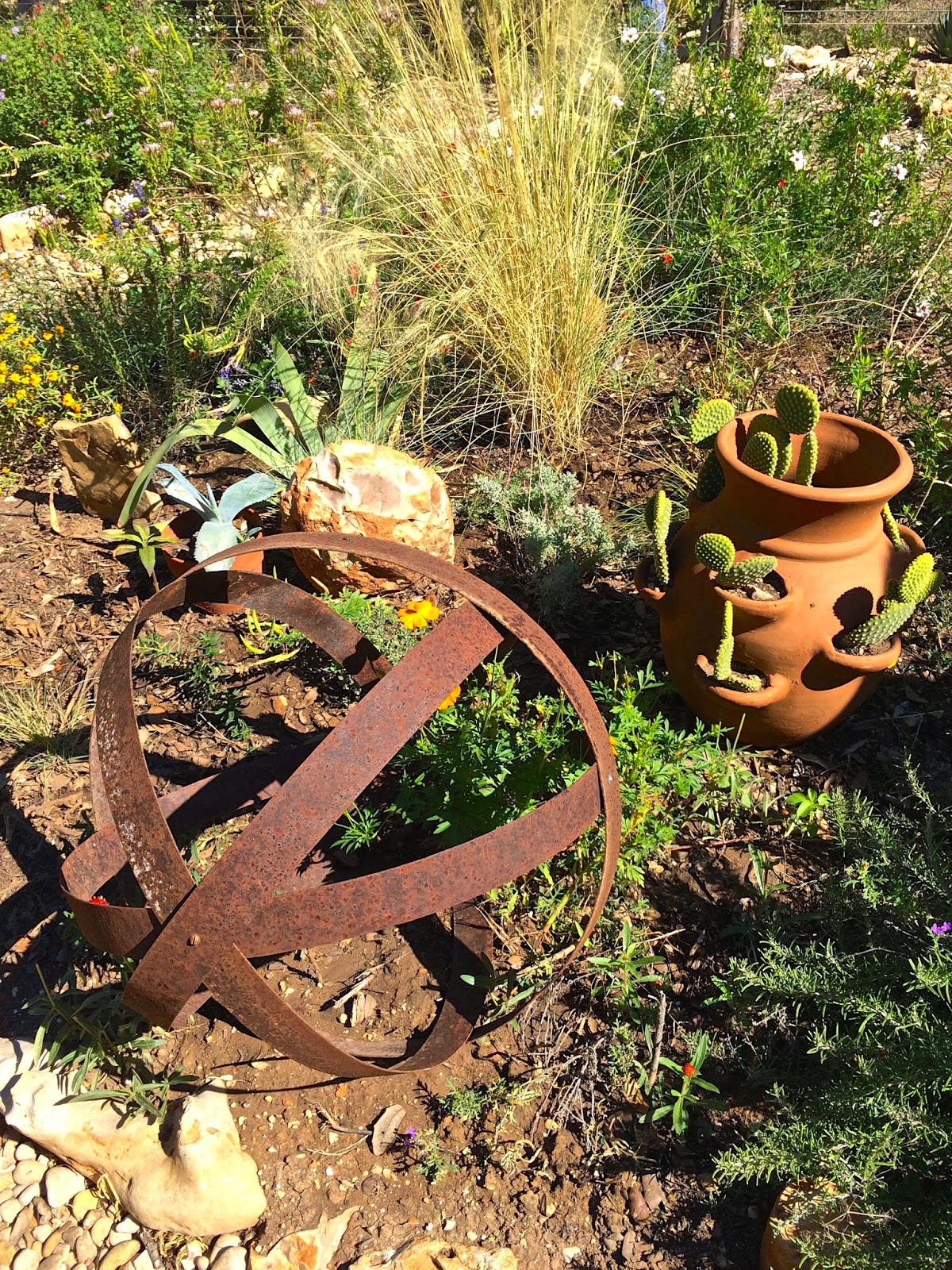
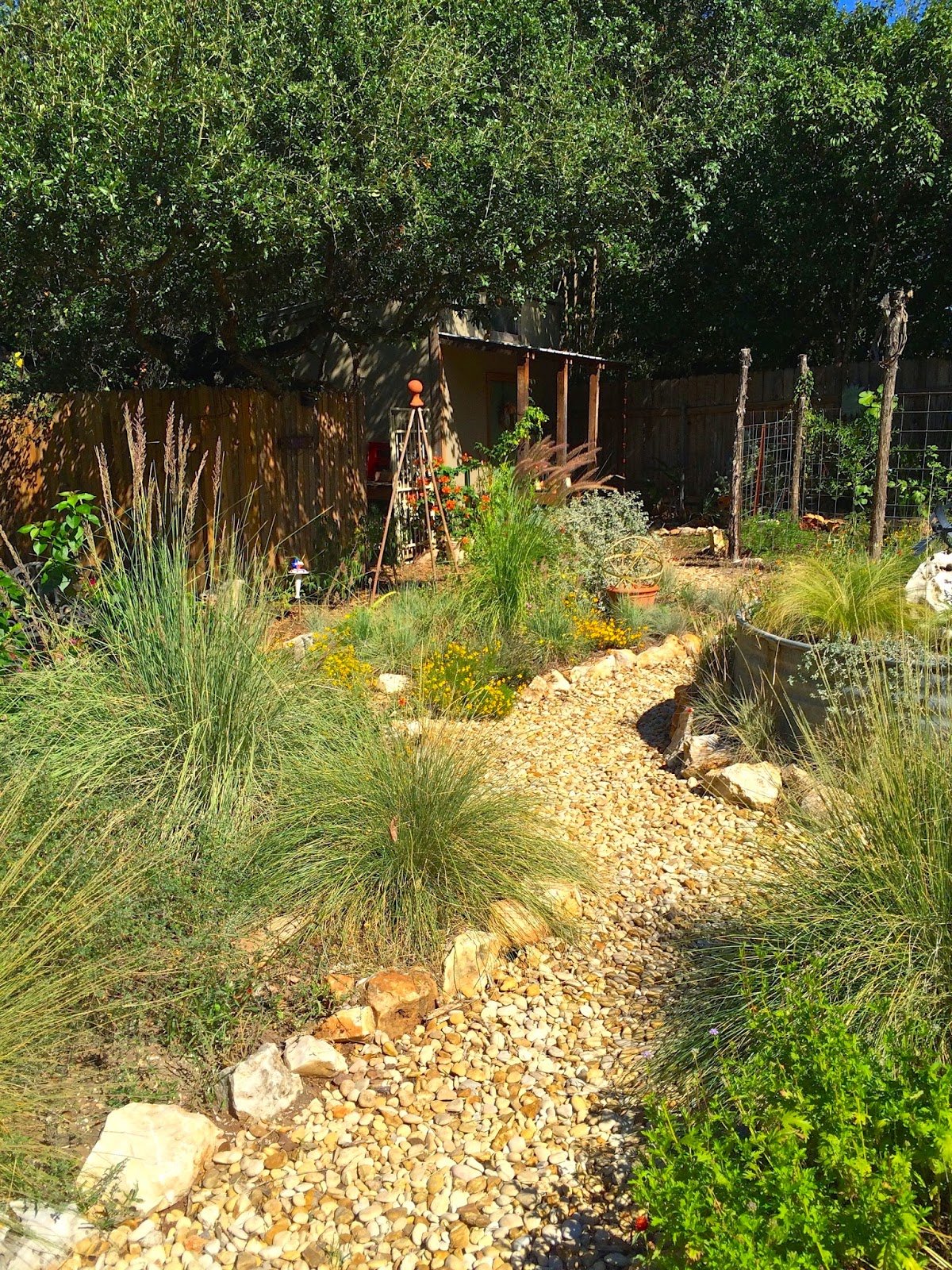
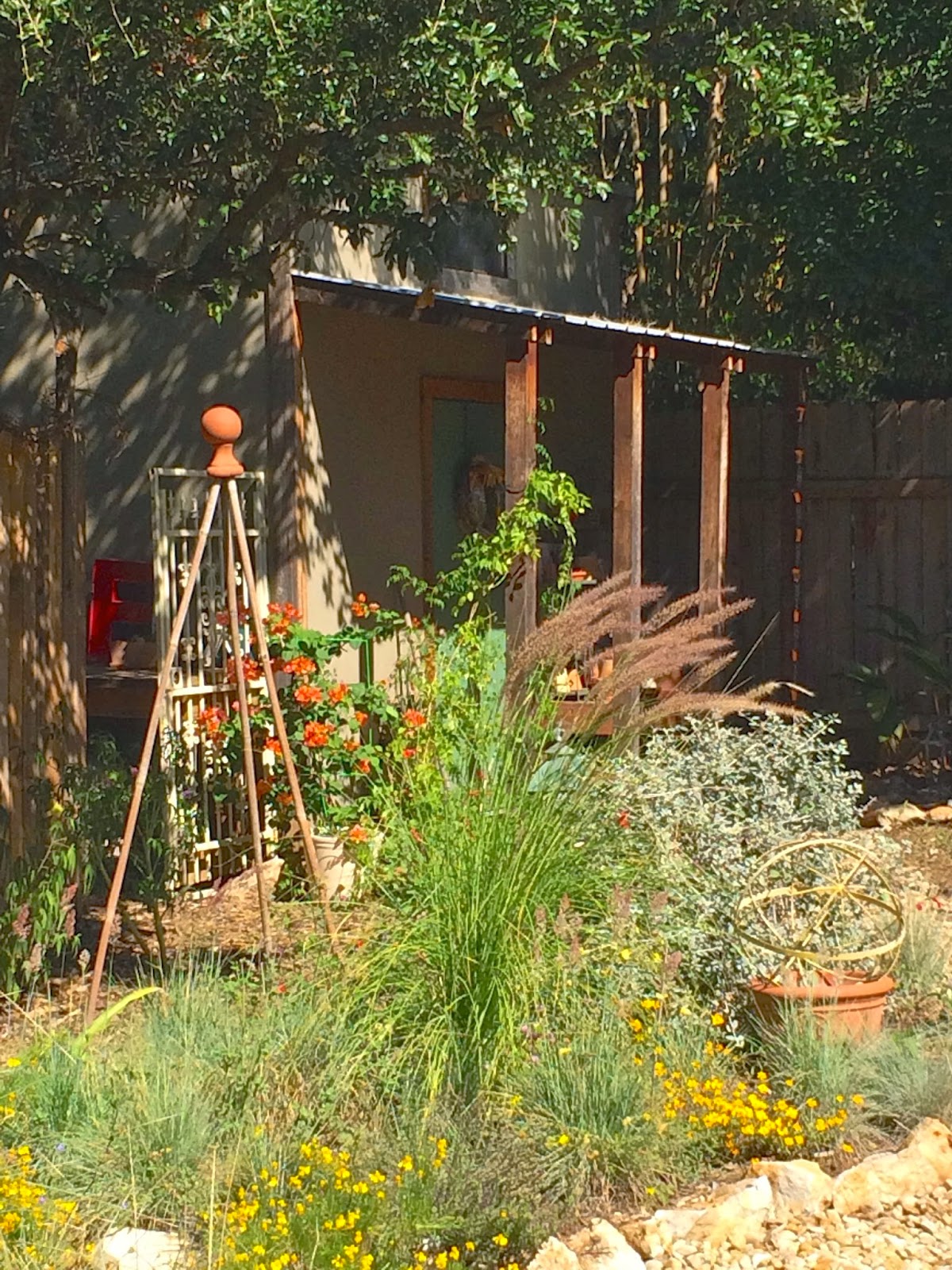
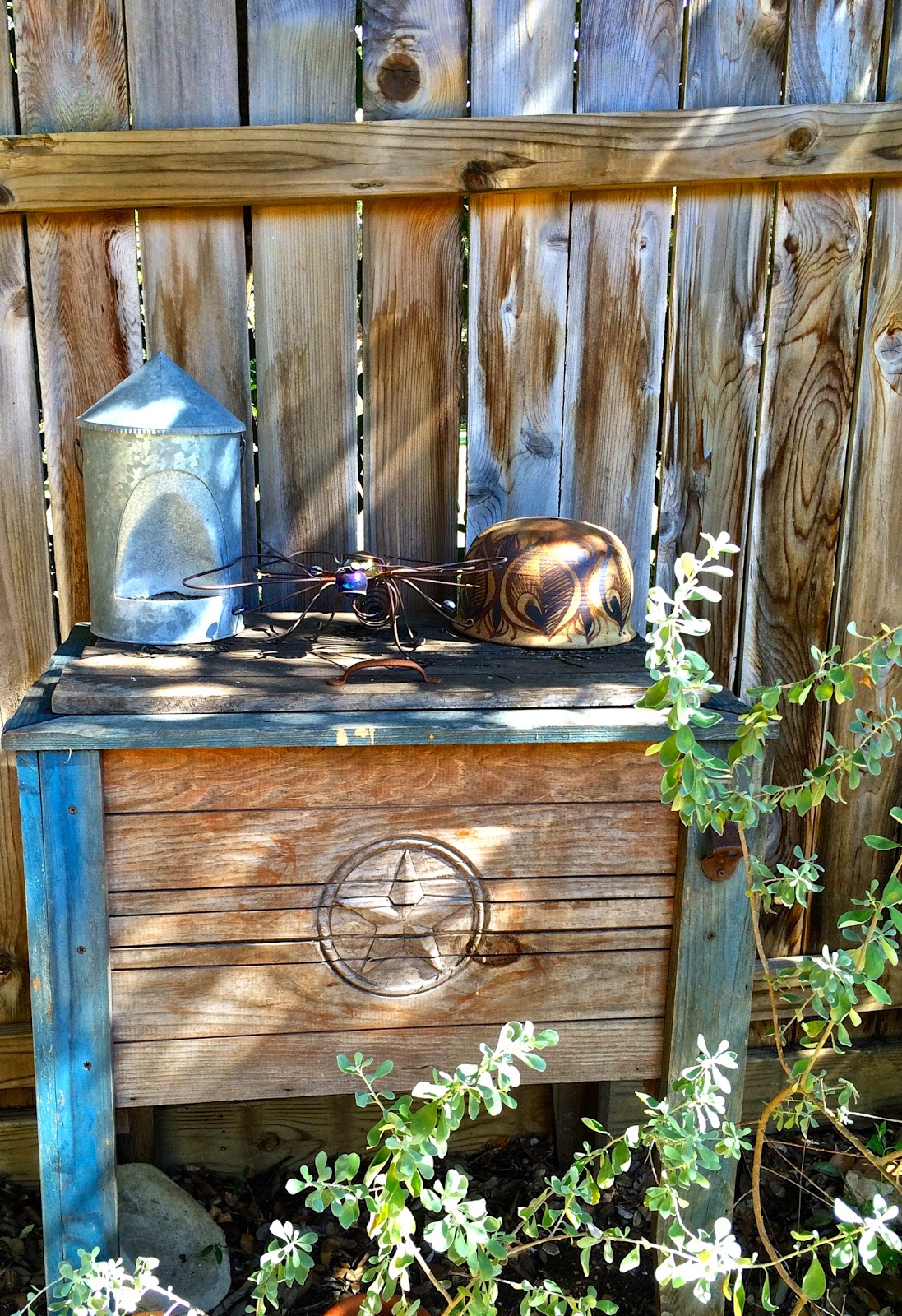



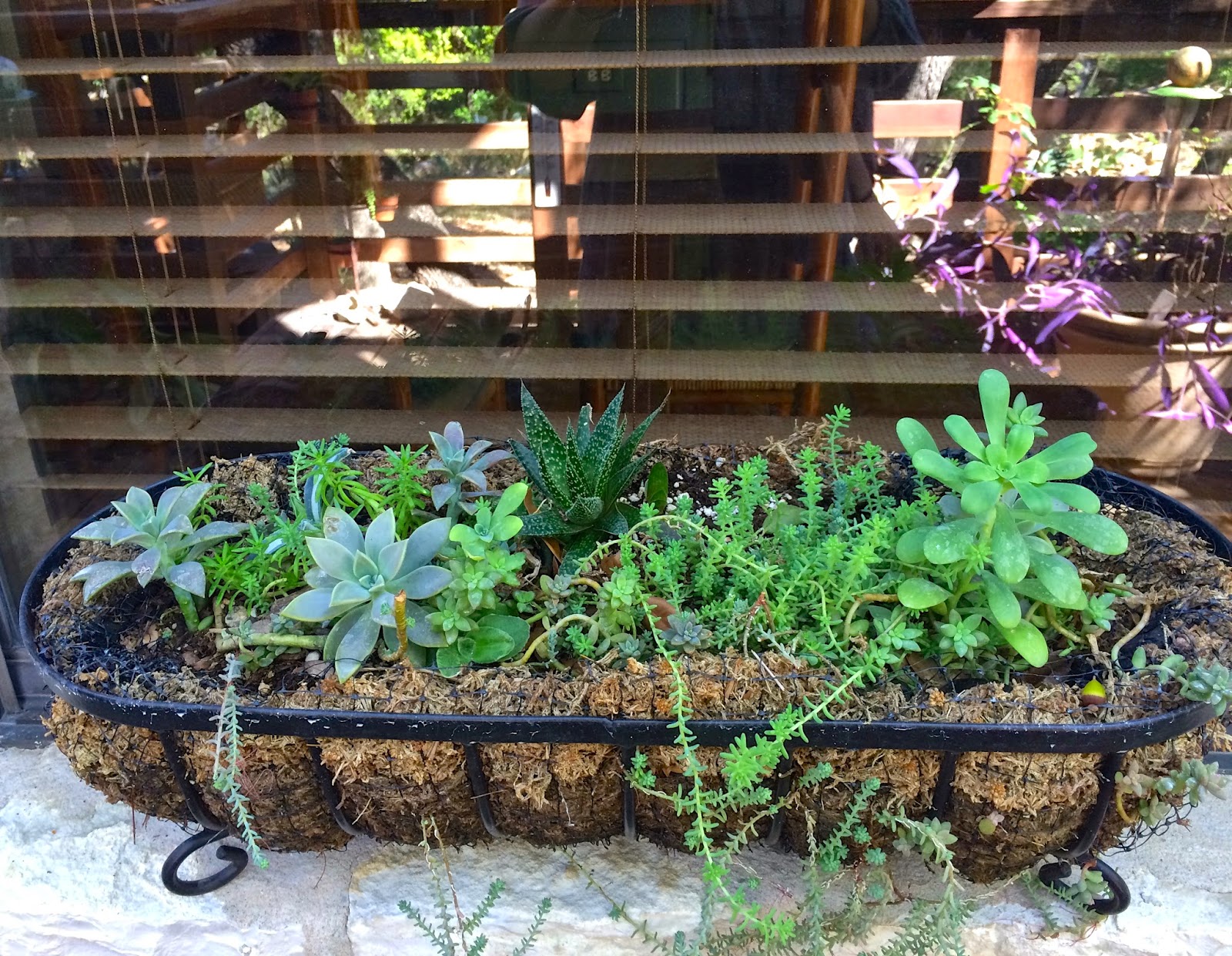


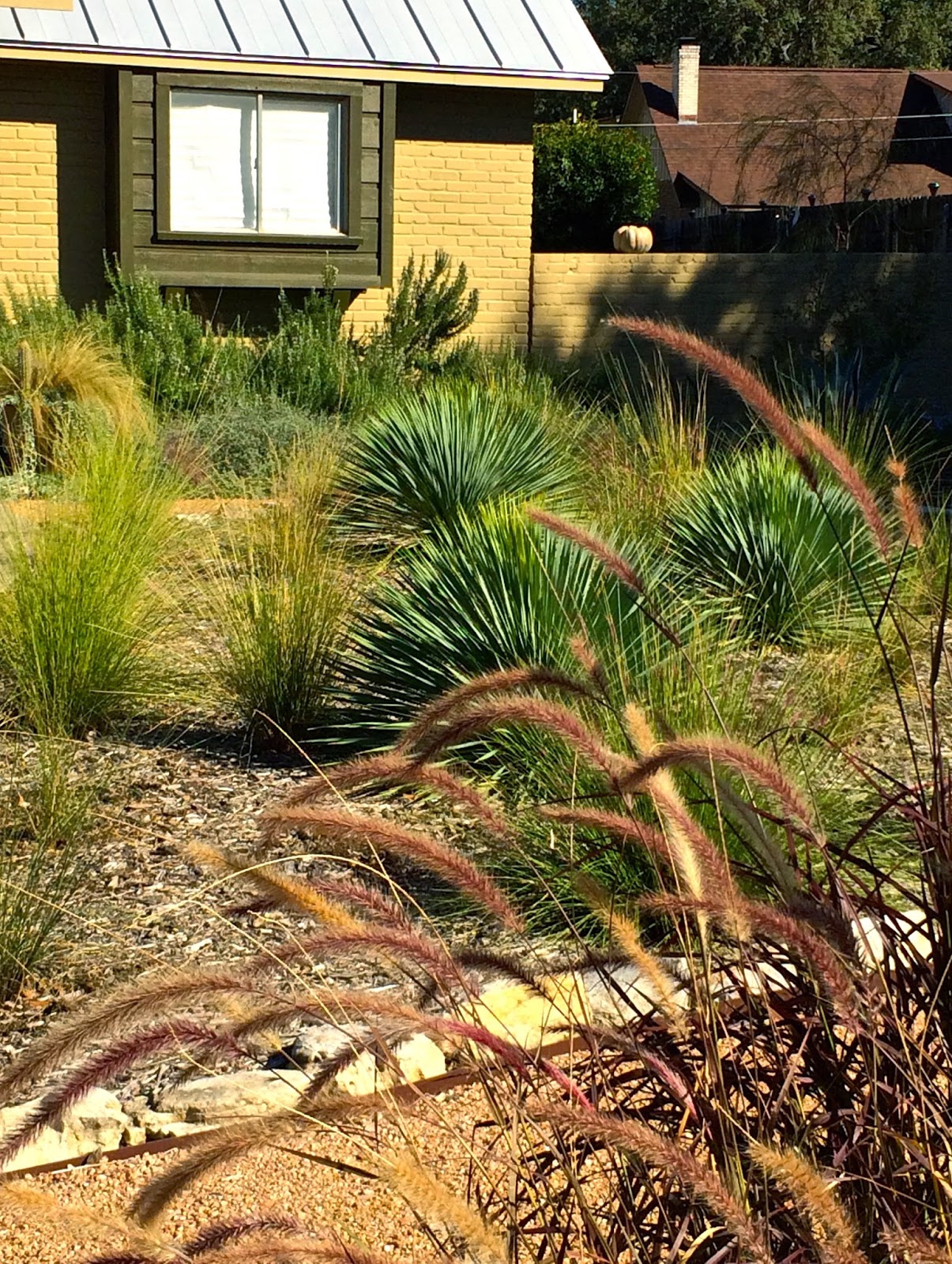
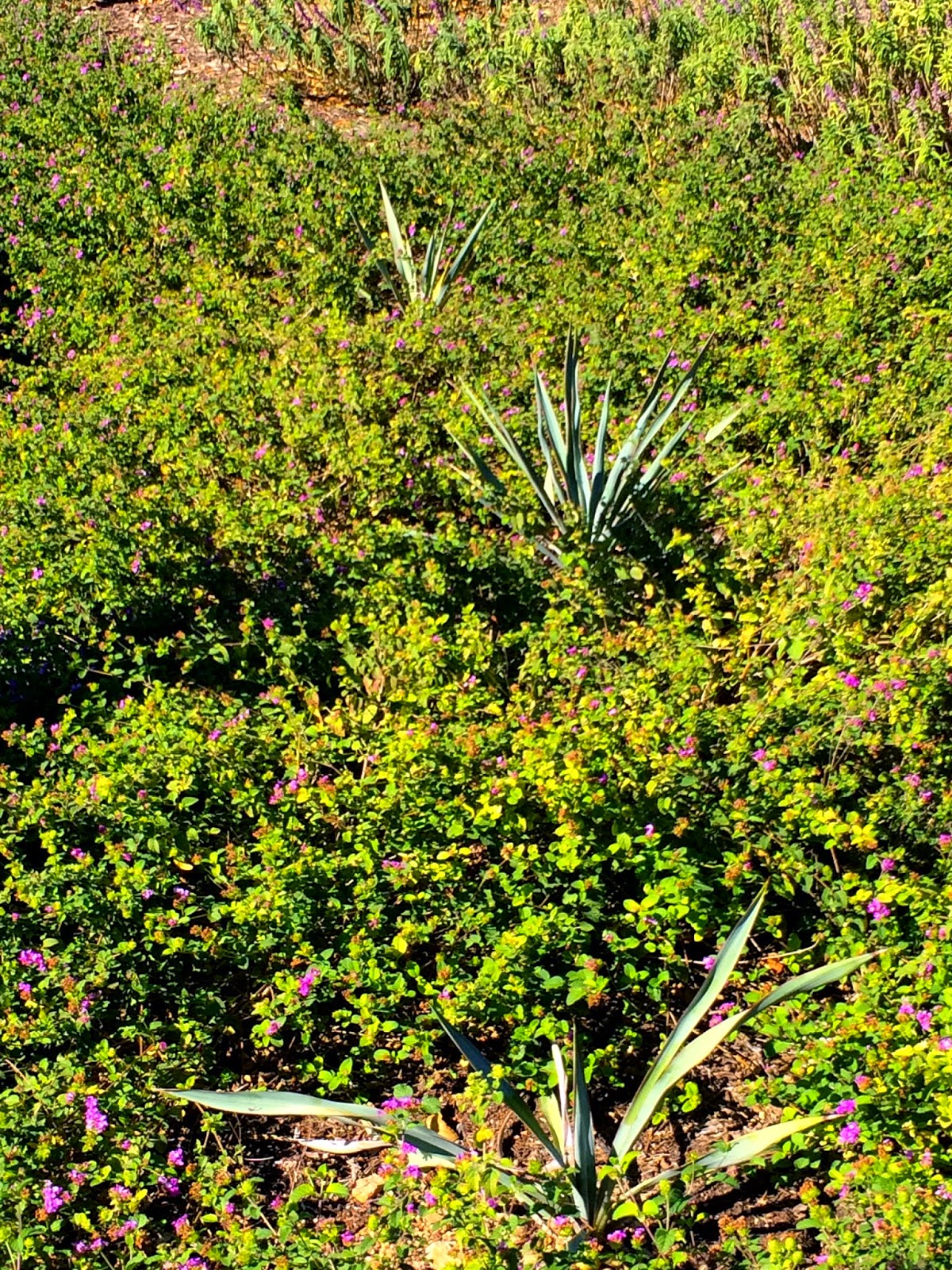

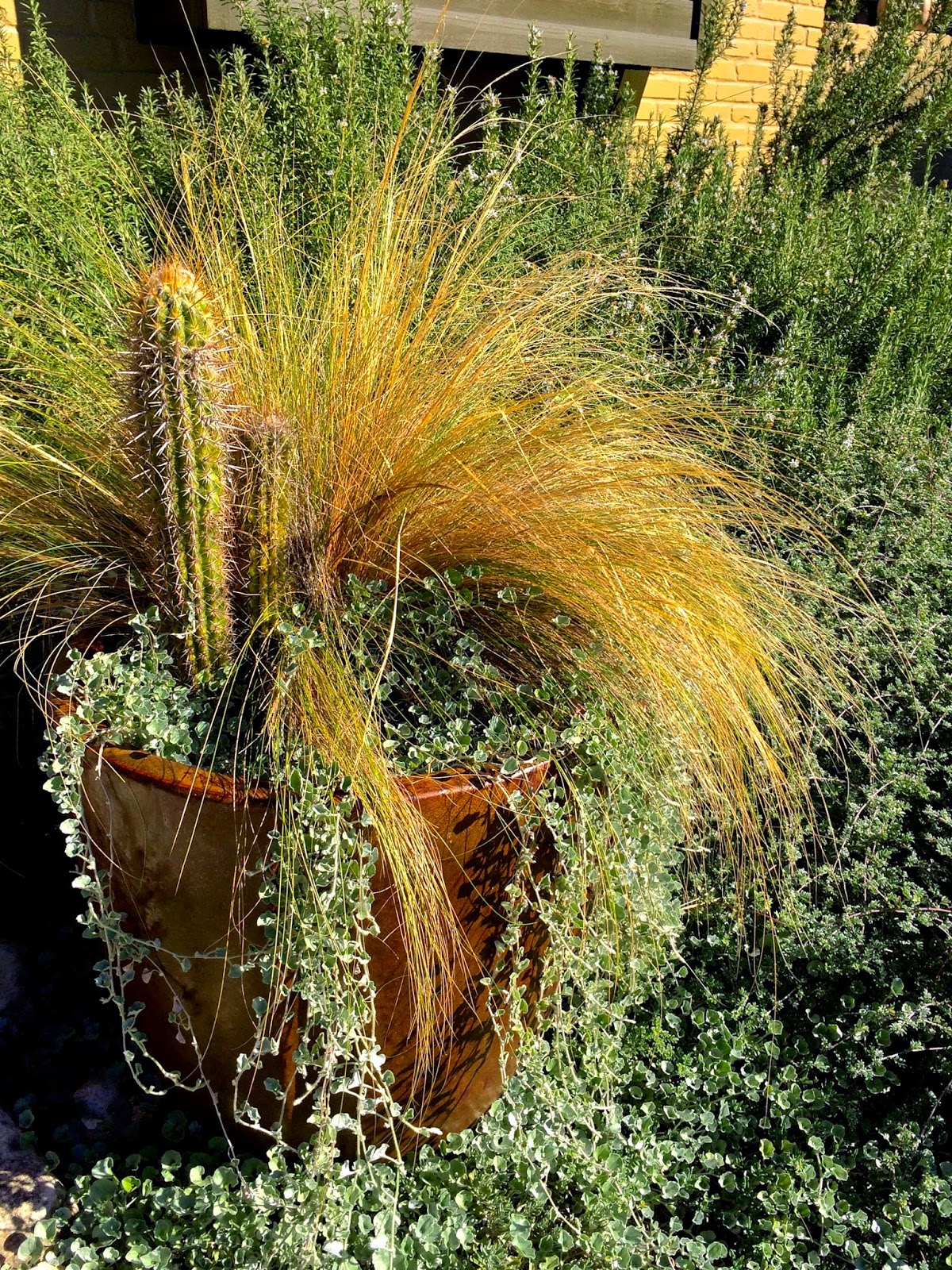

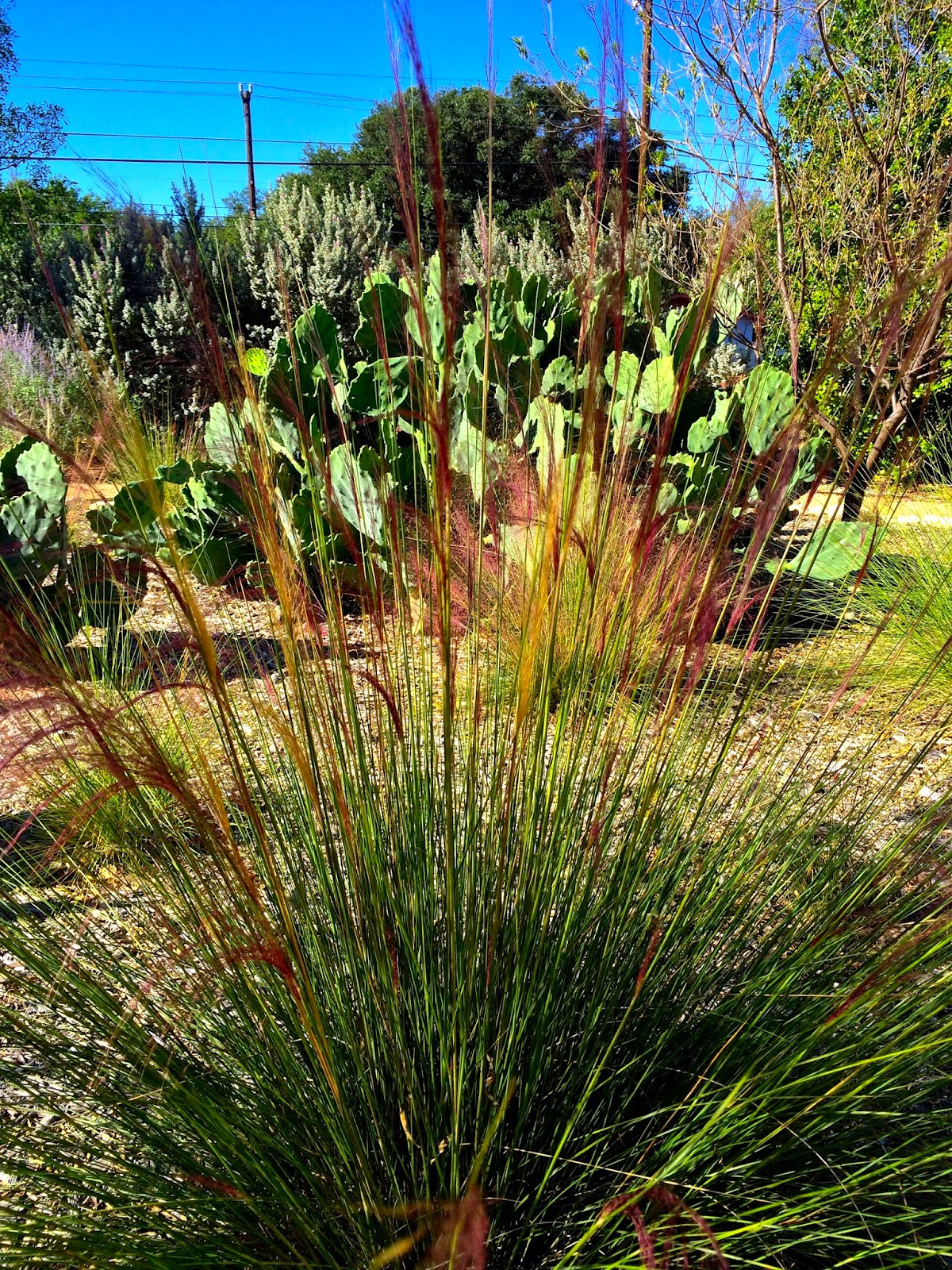
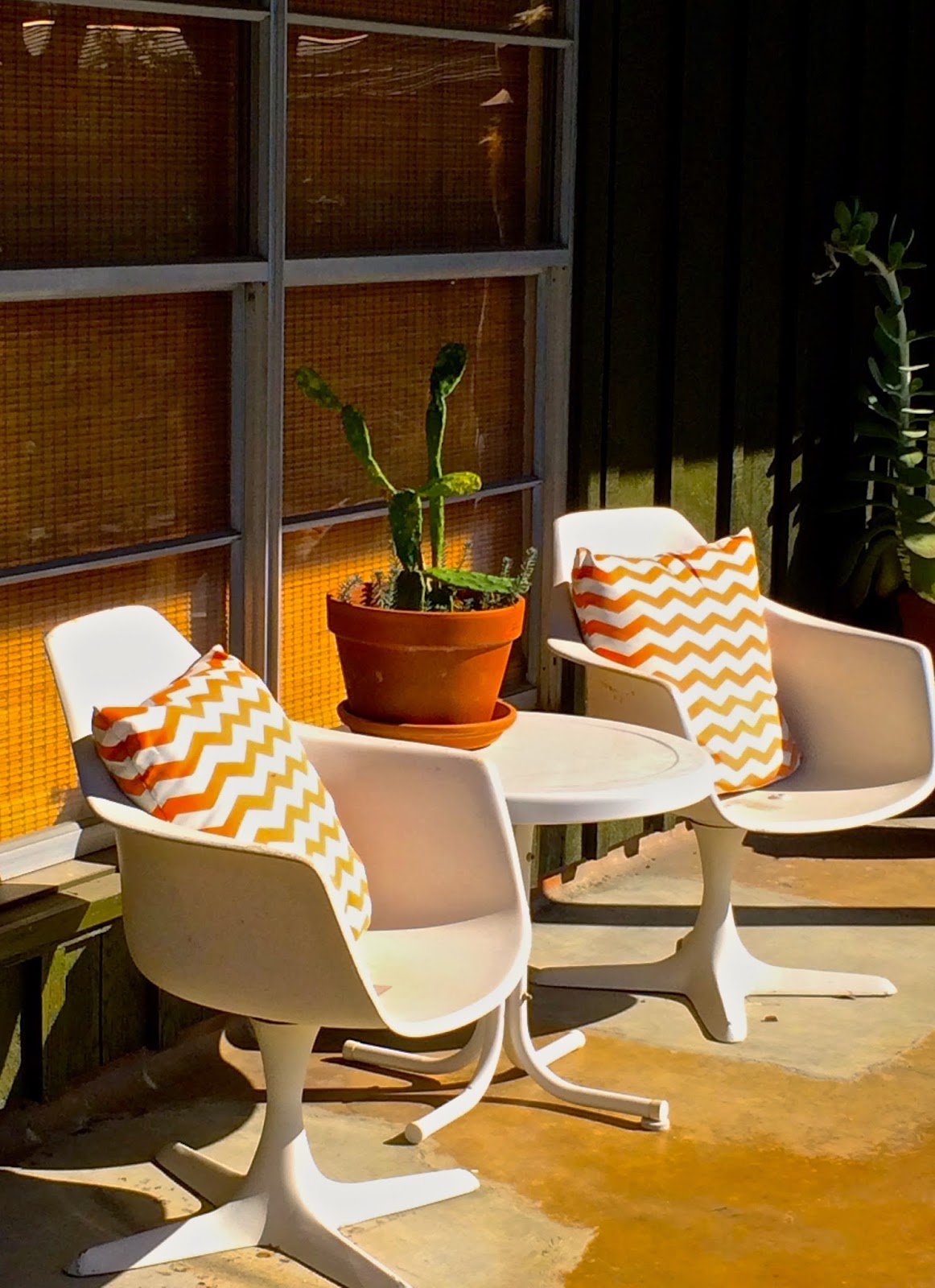
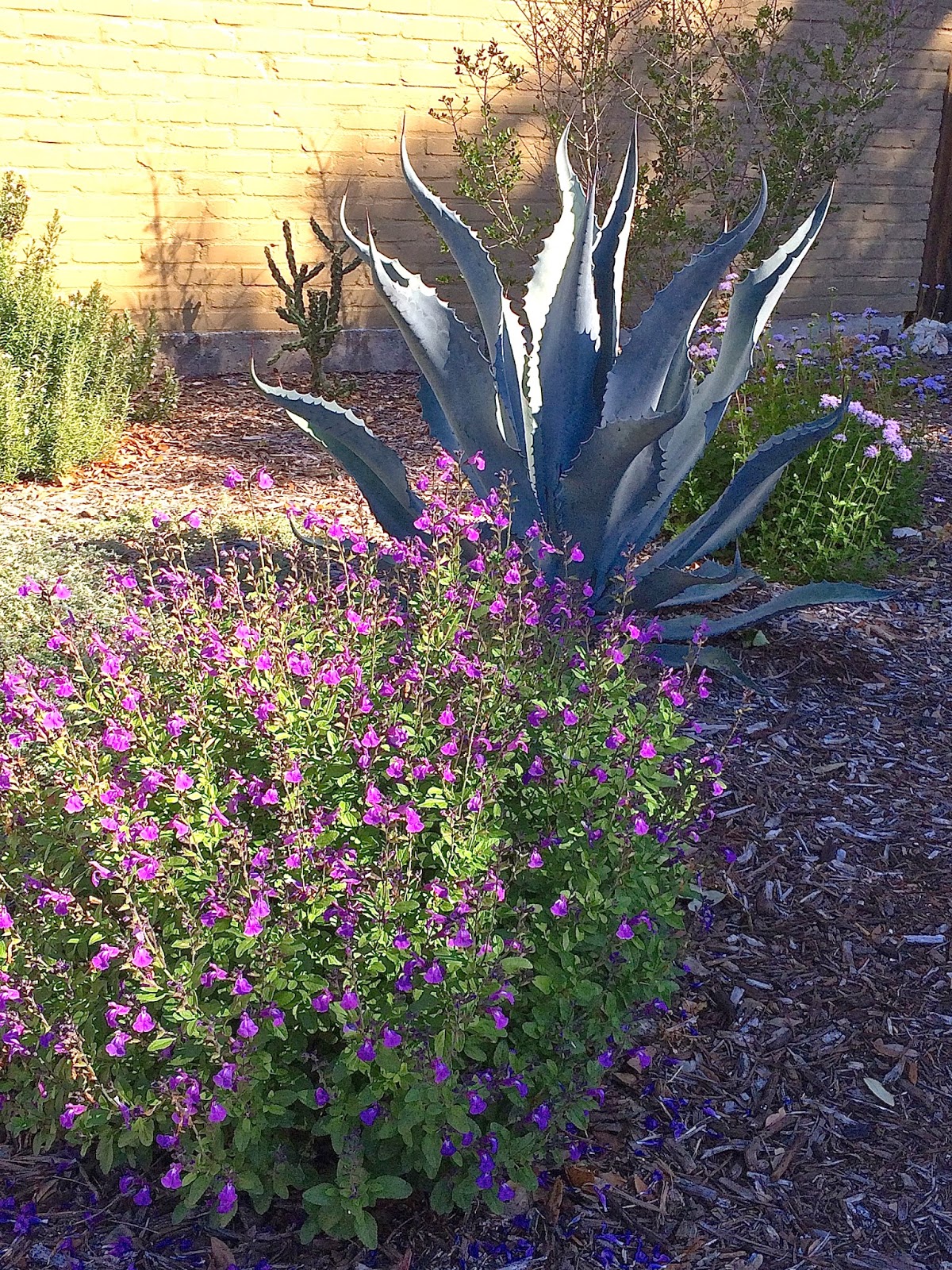
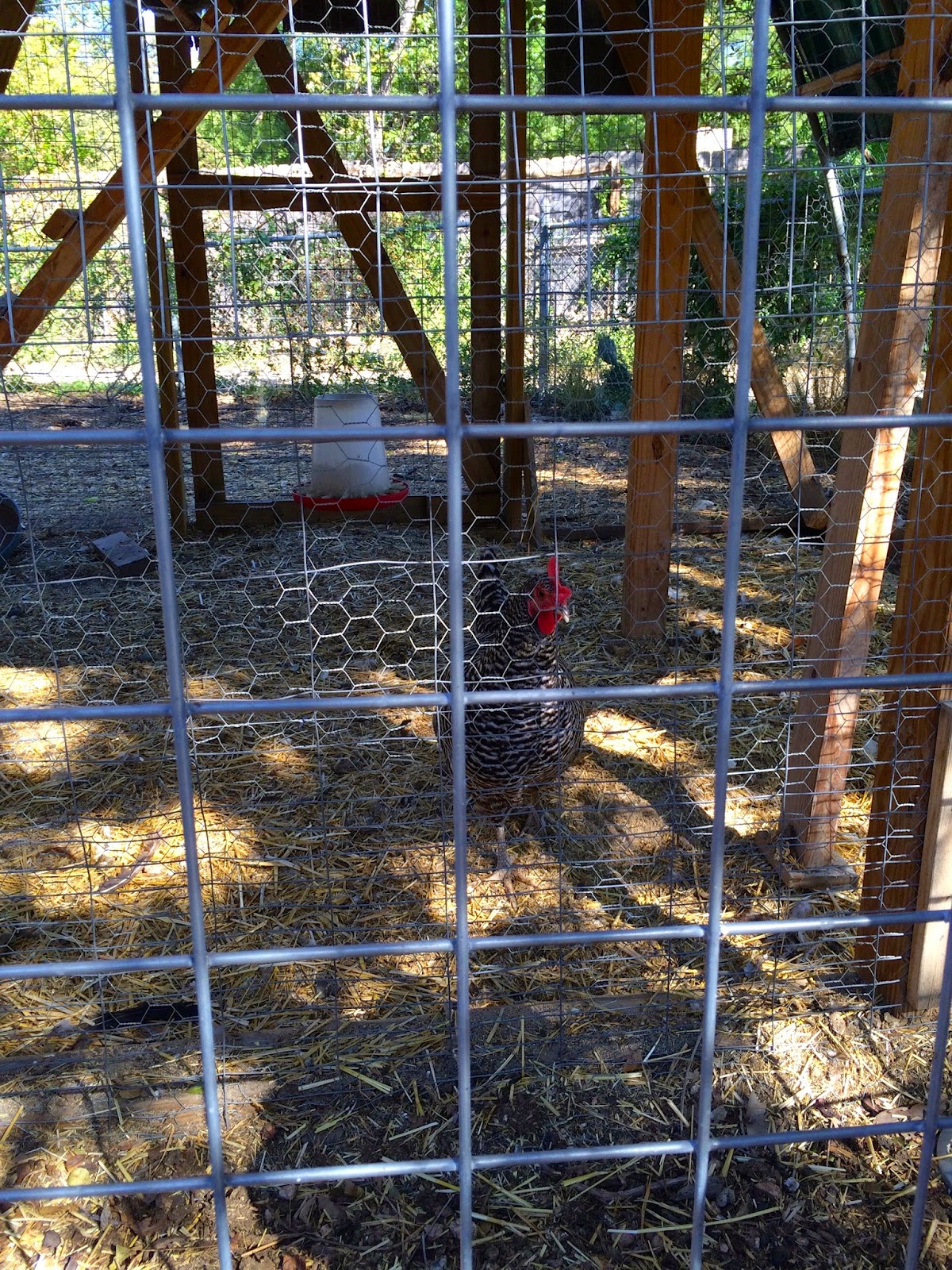

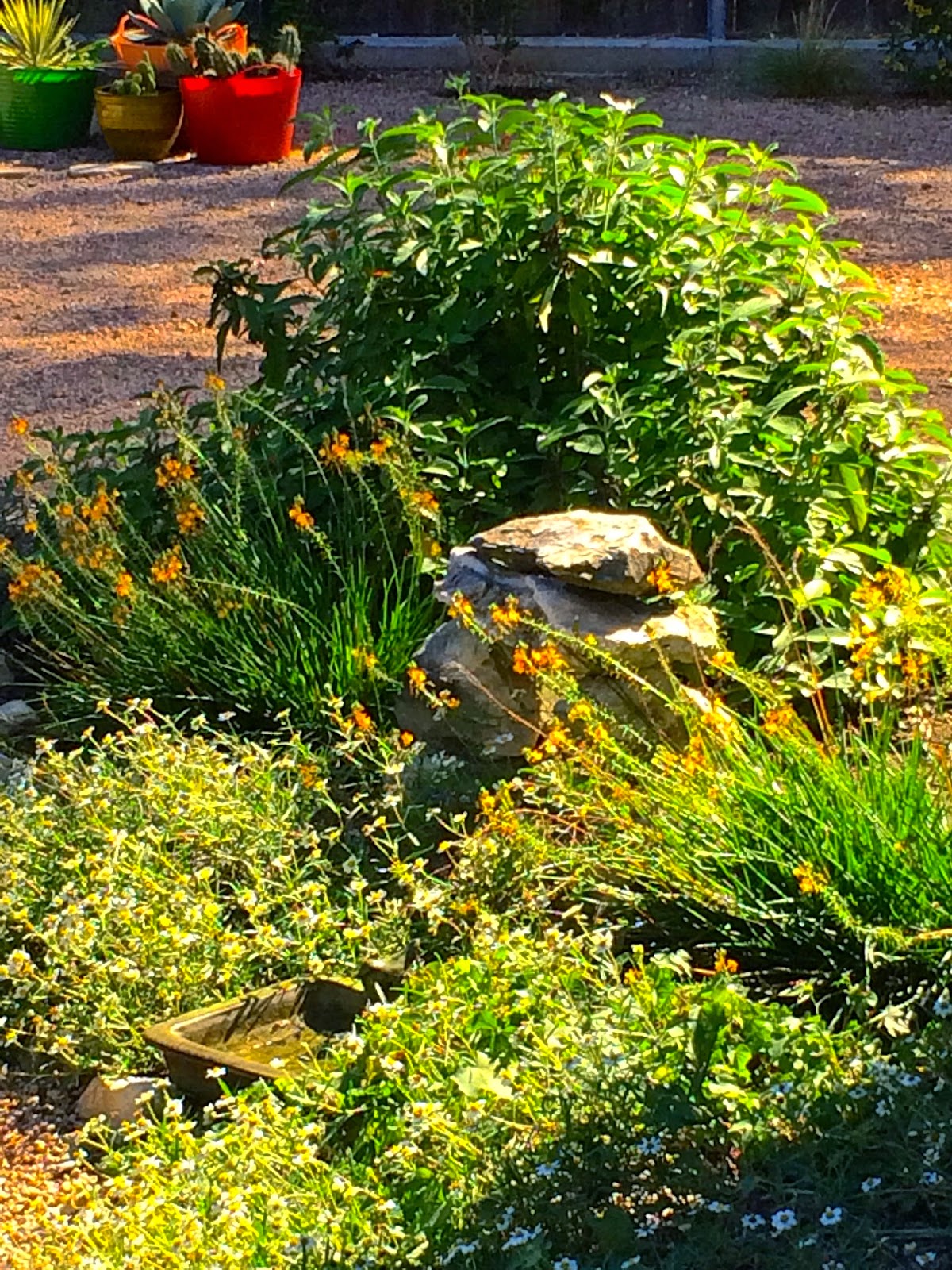 lov
lov